I must confess that I was taken aback when I first saw the Mercedes-Benz Vision V Concept unveiled at the 2025 Shanghai Auto Show. This is not just any van, my friends. This concept is a bold preview of the brand’s upcoming electric luxury vans, the VLS and VLE, which are expected to hit the market in 2026. Get ready for an in-depth dive into what could be the future of first-class travel on wheels.
Based on the new VAN.EA (Van Electric Architecture), the Vision V aims directly at the ultra-luxurious MPV (Multi-Purpose Vehicle) segment, promising a “private lounge” experience on wheels, perfect for those who value comfort and technology, especially in chauffeur services. While it is still a concept, I’ve compiled everything we know so far by cross-referencing data from global automotive websites and focusing on the highlights, pros, cons, and what we can expect from the production versions.
What Defines the Mercedes-Benz Vision V Concept?
First, it’s crucial to understand: the Vision V is not a car you’ll be able to buy tomorrow. It is a prototype very close to production—a manifesto on wheels that showcases Mercedes-Benz’s vision for ultra-high-end electric transport. The focus is entirely on luxury, cutting-edge technology, and sustainability, with markets like China and the United States in sight.
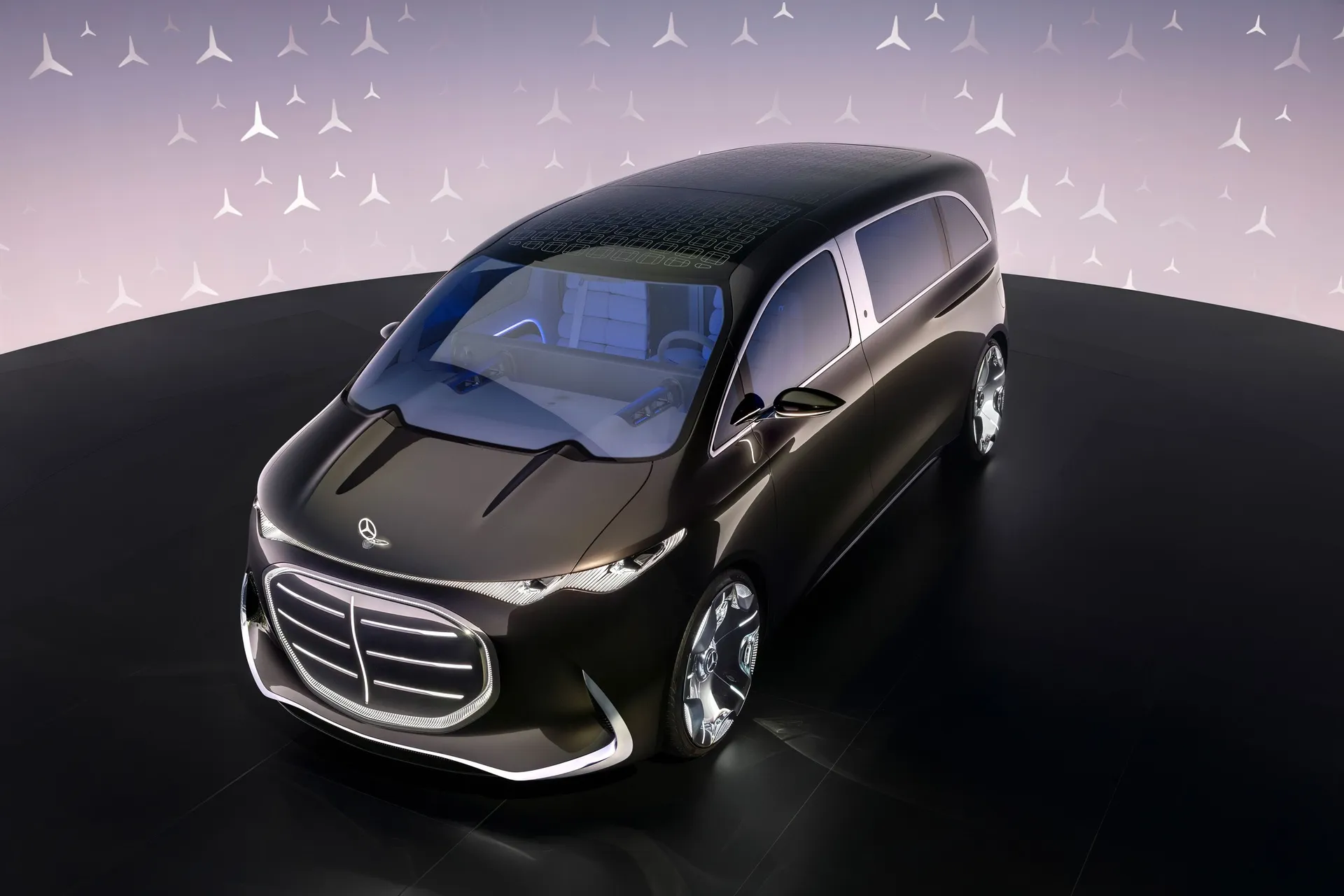
As a concept, details such as exact powertrain, performance numbers, and final pricing remain a closely guarded secret. However, based on the VAN.EA platform and trends from other luxury electric models in the brand, like the EQS, we can sketch a strong technical profile of what’s to come.
VAN.EA: Mercedes’ Dedicated Electric Architecture
One of the pillars of this project is the VAN.EA platform. This architecture has been specifically developed for premium electric vans. This means that it has been designed from the ground up to optimize interior space, allowing for a completely flat floor and impressive layout flexibility. It’s this foundation that enables the “private lounge” concept.
The VAN.EA is designed to accommodate different powertrain configurations, including standard front-wheel drive (FWD) and all-wheel drive (4Matic), as well as large-capacity batteries. This flexibility will be crucial for distinguishing the future VLE and VLS versions, adapting them to various needs and budgets within the luxury segment.
Detailed Technical Specifications of the Vision V Concept (Estimated)
Let’s get to the point: the numbers and specifications! Remember, many of these figures are estimates based on available information and comparisons with existing Mercedes models and market trends.
General Specifications and Dimensions
| Characteristic | Detail |
|---|---|
| Platform | VAN.EA (Electric) |
| Body Style | Luxury MPV |
| Seating Capacity | 4 (2 front, 2 lounge) |
| Length | 18.1 ft |
| Width | 6.9 ft |
| Wheelbase | 11.6 ft |
| Estimated Weight | ~5,500–6,600 lbs |
Electric Powertrain and Motorization
- Type: 100% Electric
- Base Configuration: Front motor (FWD)
- AWD Option (4Matic): Front + rear motor
- Estimated Power: 268–536 hp (similar to EQS)
- Transmission: Single-speed (EV)
Battery, Range, and Solar Charging
The exact battery capacity has not been disclosed, but it’s speculated to be between 100 and 120 kWh, in line with the luxury EQS sedan. This suggests considerable range, though no official number has been provided. DC fast charging should support powers around 200 kW, allowing for quick top-ups on the go.
An interesting highlight is the solar roof. With 168 high-efficiency cells (24.3%), it can generate up to 539 watts, which, according to TechEBlog, translates to an additional range of up to 14 miles per day under ideal sunlight conditions. It’s a small contribution, but it demonstrates a focus on efficiency and sustainability.
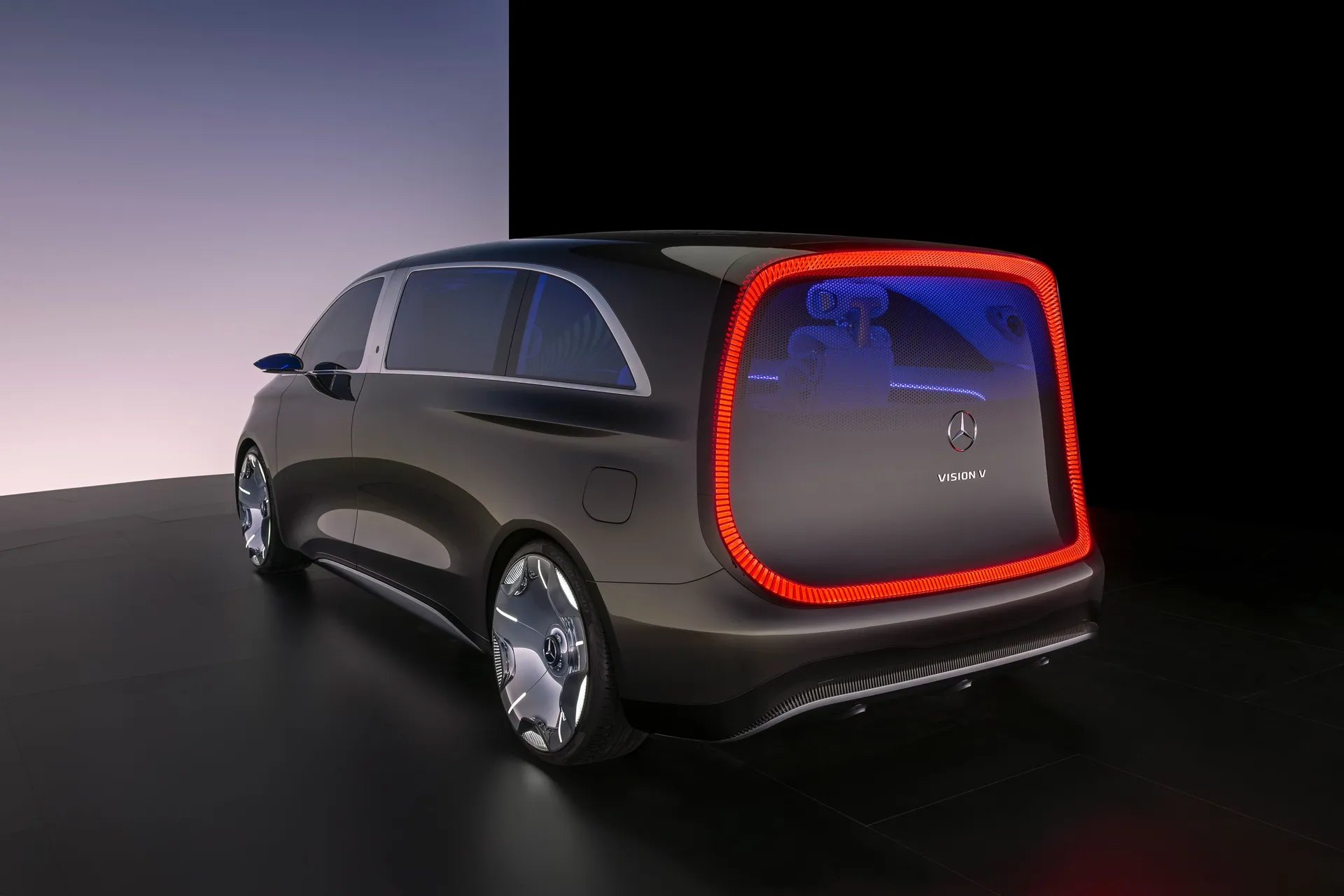
Estimated Performance and Dynamics
- 0–60 mph: 5.0–6.5 seconds (estimated)
- Top Speed: Limited (112–124 mph)
- Braking: Optimized regenerative braking
- Suspension: Independent (front/rear)
- Steering: Rear-axle steering
- Wheels: 24-inch illuminated
Interior: A True Private Lounge on Wheels
This is where the Vision V Concept truly shines and justifies its ultra-luxurious positioning. The interior is designed as a sanctuary of comfort and technology. The two rear lounge seats are the centerpiece, featuring tubular cushions that can recline fully, transforming into flat beds.
Top-notch materials define the space: white Nappa leather, silk, walnut details, and polished aluminum. There’s also an emphasis on sustainability, featuring bamboo fiber and recycled PET carpets. The ambient lighting is customizable and reacts to music, creating a unique atmosphere.
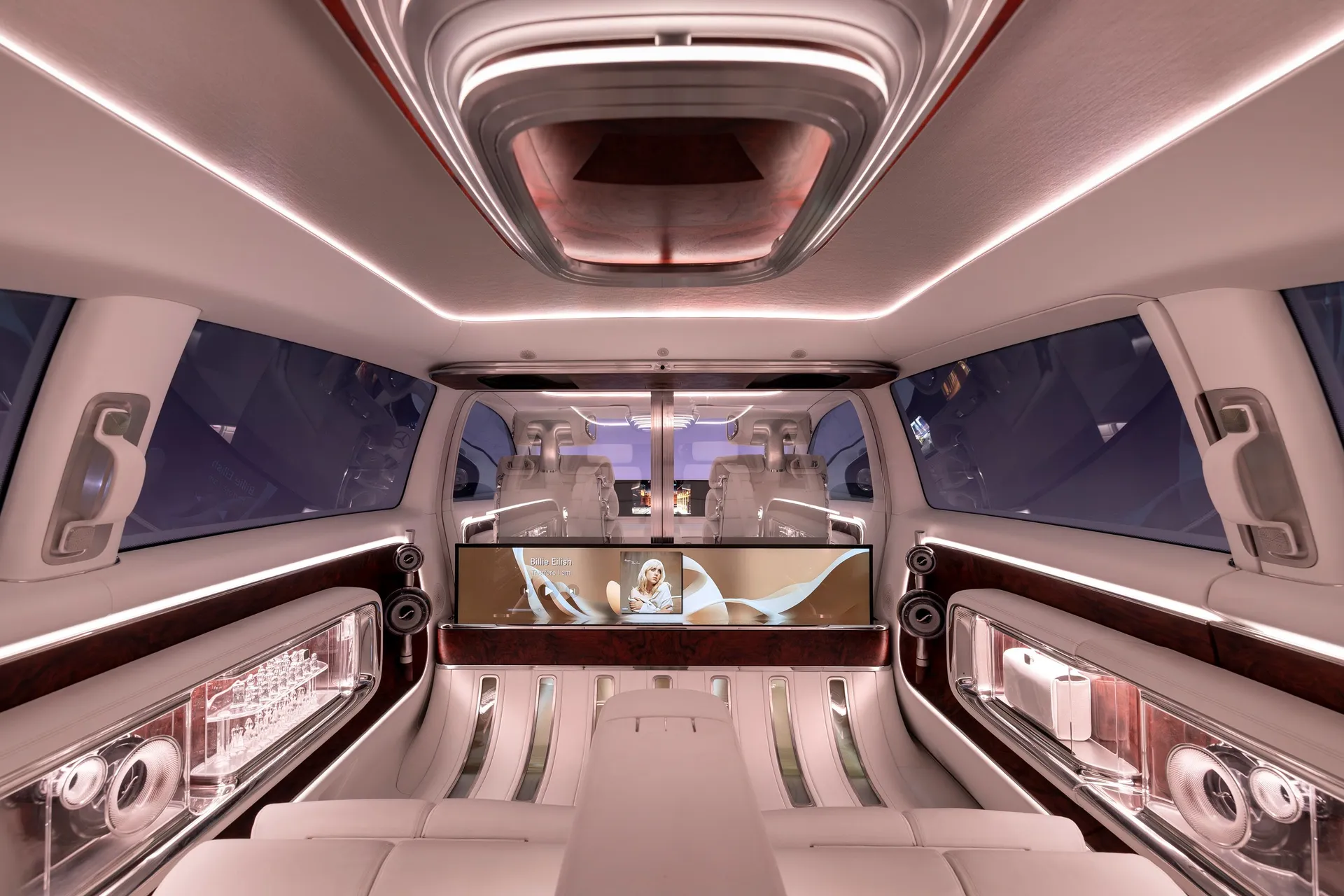
Technological Highlights of the Interior
- Retractable 65” 4K Screen: Emerges from the floor for movies, gaming, and work.
- Dolby Atmos Audio with 42 Speakers: High-fidelity immersive sound.
- Electrochromic Glass: Dividers, windows, and panoramic roof can become opaque.
- Superscreen Dashboard: Full-width digital dashboard (similar to EQXX).
- Advanced MBUX: Voice-assistant with AI (“Hey Mercedes”).
- Brain-Computer Interface (BCI): Experimental, control by thought (uncertain for production).
- Portal Door: Single sliding side door (production will feature two).
Vision V Concept vs. New Sprinter: Are They the Same?
This is a question that has arisen, especially with Mercedes’ focus on “vans.” The short answer is: **no**. The Vision V Concept and the future VLS/VLE are in a completely different universe from the Sprinter lineup. The Sprinter is a commercial vehicle focused on cargo, mass passenger transport, and versatility for businesses.
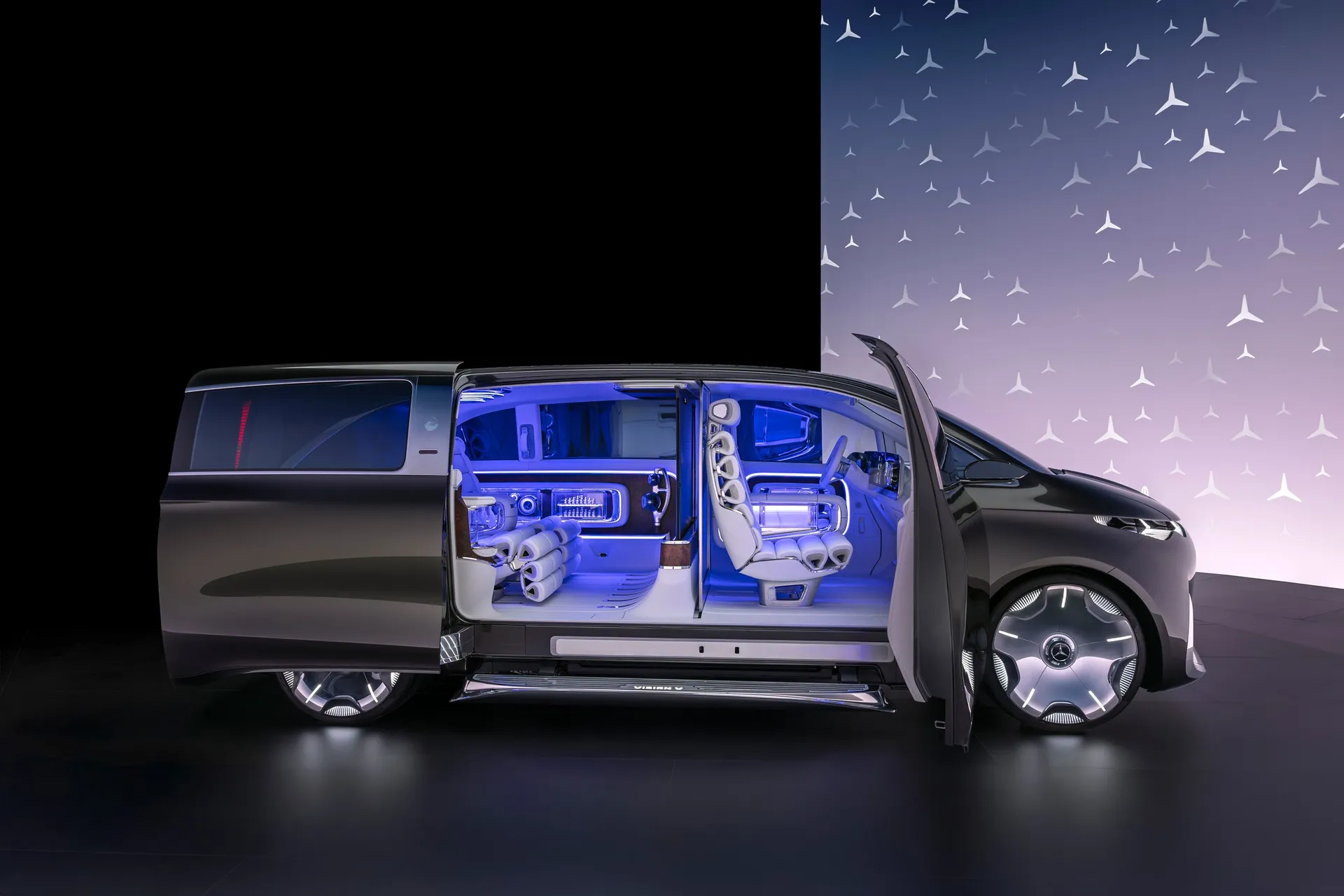
The Vision V, on the other hand, is the personification of personal or executive luxury on wheels. It uses the dedicated VAN.EA platform, focused on comfort and cutting-edge technology for a few occupants, while the Sprinter (including the electric eSprinter) utilizes a robust platform aimed at heavy-duty work. To think of the Vision V as the “new Sprinter” would be like comparing a luxury yacht to a cargo ship—both are vessels, but for radically different purposes and audiences.
Competitors: The Battle for the Luxury MPV Segment
The Vision V does not enter a void. The ultra-luxury MPV segment, though niche, has established competitors and new electric challengers.
Preliminary Comparative Table
| Model | Estimated Price (USD) | Powertrain | Main Highlight |
|---|---|---|---|
| Mercedes Vision V (VLS) | $150,000 – $200,000 | Electric (AWD) | 65” Screen, 42 Speakers, Lounge |
| Lexus LM | $100,000 – $150,000 | Hybrid | Established comfort, Strong Asian brand |
| Cadillac Escalade IQ | $130,000 – $200,000 | Electric (AWD) | Large SUV, High range (USA) |
The Lexus LM is a direct rival, especially in Asia, known for its exquisite interior, but with less advanced technology and a hybrid powertrain. Meanwhile, the Cadillac Escalade IQ, although an SUV, competes for the same high-net-worth clientele in the U.S., offering ample space, luxury, and a powerful electric powertrain with great range. The Vision V’s trump card, as detailed by Road & Track, appears to be its unique combination of passenger-focused MPV layout with modern technology and purely electric propulsion.
Pros and Cons: What to Expect from the Vision V?
Like any ambitious concept, the Vision V presents points that excite us and others that raise questions.
Positive Points
- Exceptional Comfort: Bed-like seats, ample space.
- Cutting-Edge Technology: Giant screen, immersive sound.
- Striking Design: Elegant and modern.
- Sustainability: Eco-friendly materials, solar roof.
- Advanced Safety: Potential Level 3 autonomy.
Points to Consider
- Niche Market: Ultra-luxury MPVs have limited appeal.
- High Cost: Estimated prices are prohibitive.
- Uncertain Performance: Focused on luxury, not speed.
- Practicality: Cargo space may be limited.
- Reality vs. Concept: Some features may not make it to production.
Expected Launch and Estimated Prices
Mercedes has confirmed that the production versions, VLE (luxury entry) and VLS (top-of-the-range, closer to the Vision V), will arrive in 2026. Production is expected to take place in China and also at the plant in Vitoria, Spain, as reported by Cadena SER.
As for prices, brace yourself. Current estimates, based on the segment and competition, are as follows:
- VLE-Class: $100,000 – $150,000
- VLS-Class: $150,000 – $200,000
- Possible Maybach: Above $200,000
Remember, these are speculative figures and can vary significantly depending on the market and local taxes.
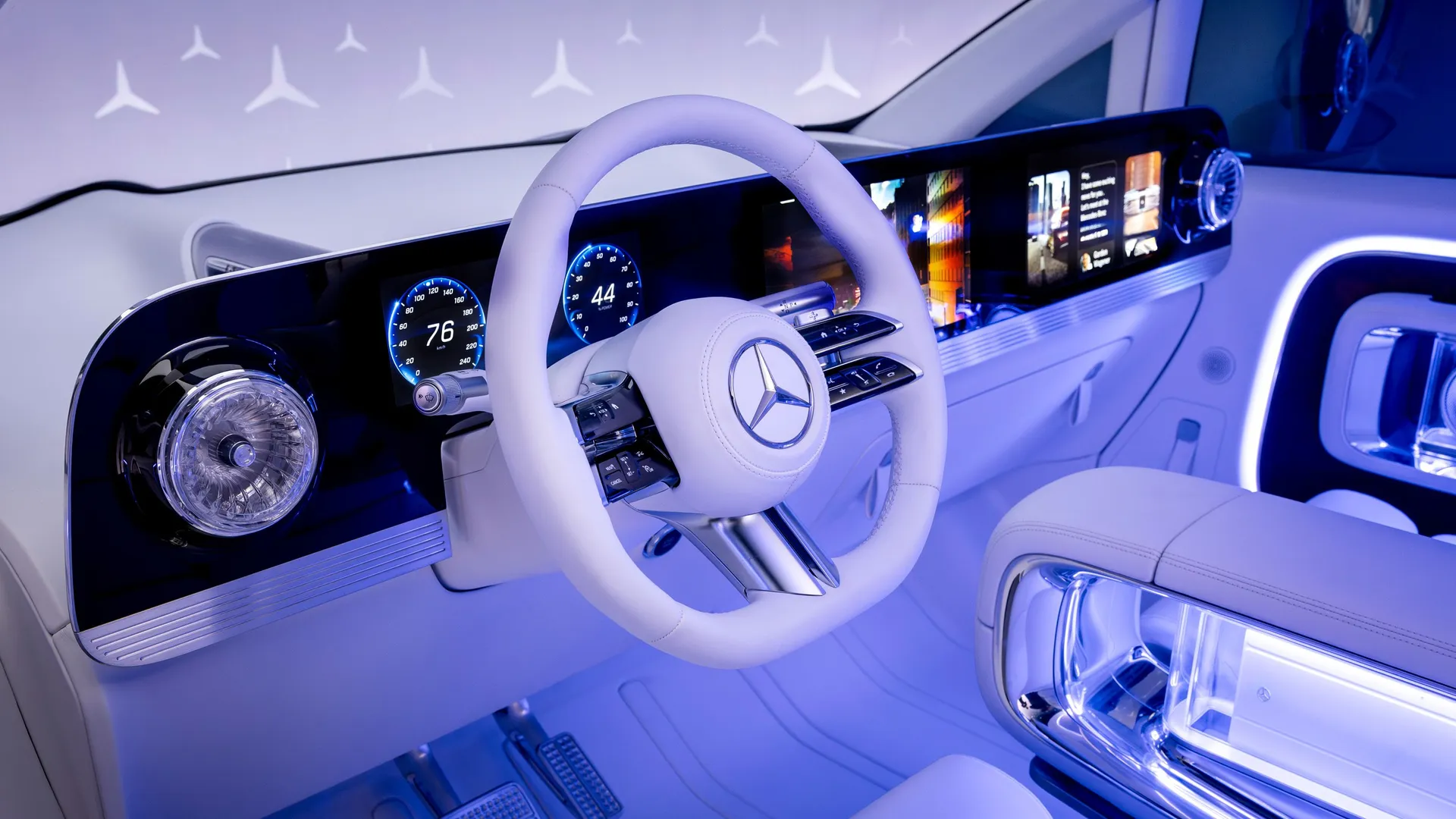
Frequently Asked Questions about the Mercedes-Benz Vision V
FAQ about the Vision V Concept
- What exactly is the Mercedes-Benz Vision V Concept?
It is a prototype of a 100% electric luxury MPV that anticipates the VLS and VLE models to be launched in 2026. - Is this concept the basis for the new electric Sprinter?
No. The Vision V focuses on ultra-luxury personal transport, while the Sprinter is a commercial vehicle. They are distinct segments and platforms. - When will the production models (VLS/VLE) be launched?
The launch is scheduled for 2026. - What is the estimated price for these luxury vans?
Estimates range from $100,000 for the VLE to over $200,000 for the VLS or a potential Maybach version. - What is the main technological highlight of the Vision V?
The combination of a lounge-style interior with bed-like seats, a retractable 65-inch screen, and a Dolby Atmos sound system with 42 speakers.
Upon analyzing everything, the Mercedes-Benz Vision V Concept represents a bold statement. It not only redefines what we expect from a “van,” but also elevates the bar for automotive luxury to a new level. The bet on complete electrification, combined with unprecedented entertainment technology and comfort, illustrates the direction that Mercedes wants to take at the top of the market. The real question remains how faithful the production VLS and VLE models will be to this concept vision and how the market, especially outside Asia, will react to such an exclusive and costly proposal.
What do you think of this futuristic vision from Mercedes-Benz? Do you believe there’s a market for such luxurious vans? Share your thoughts in the comments below!
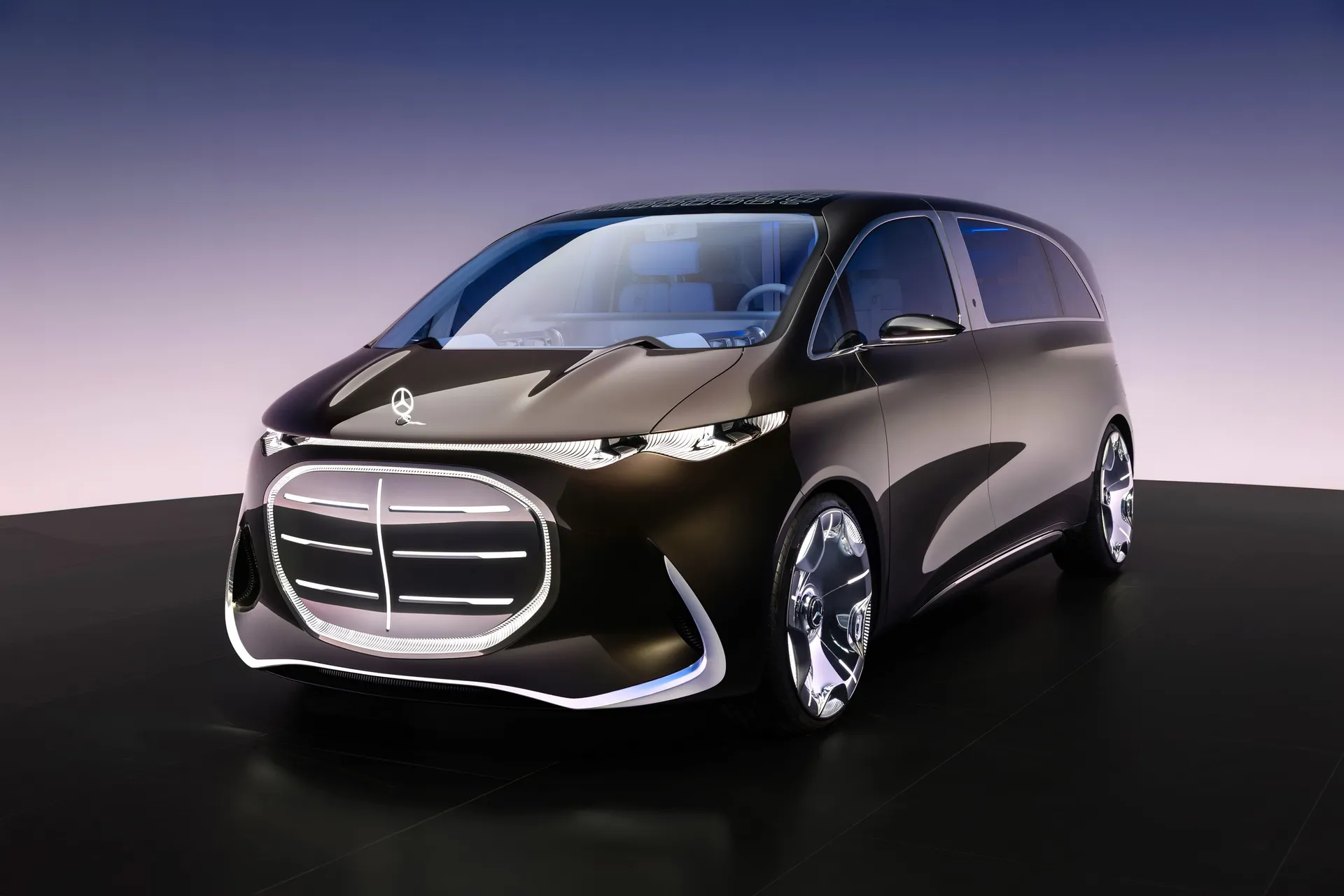

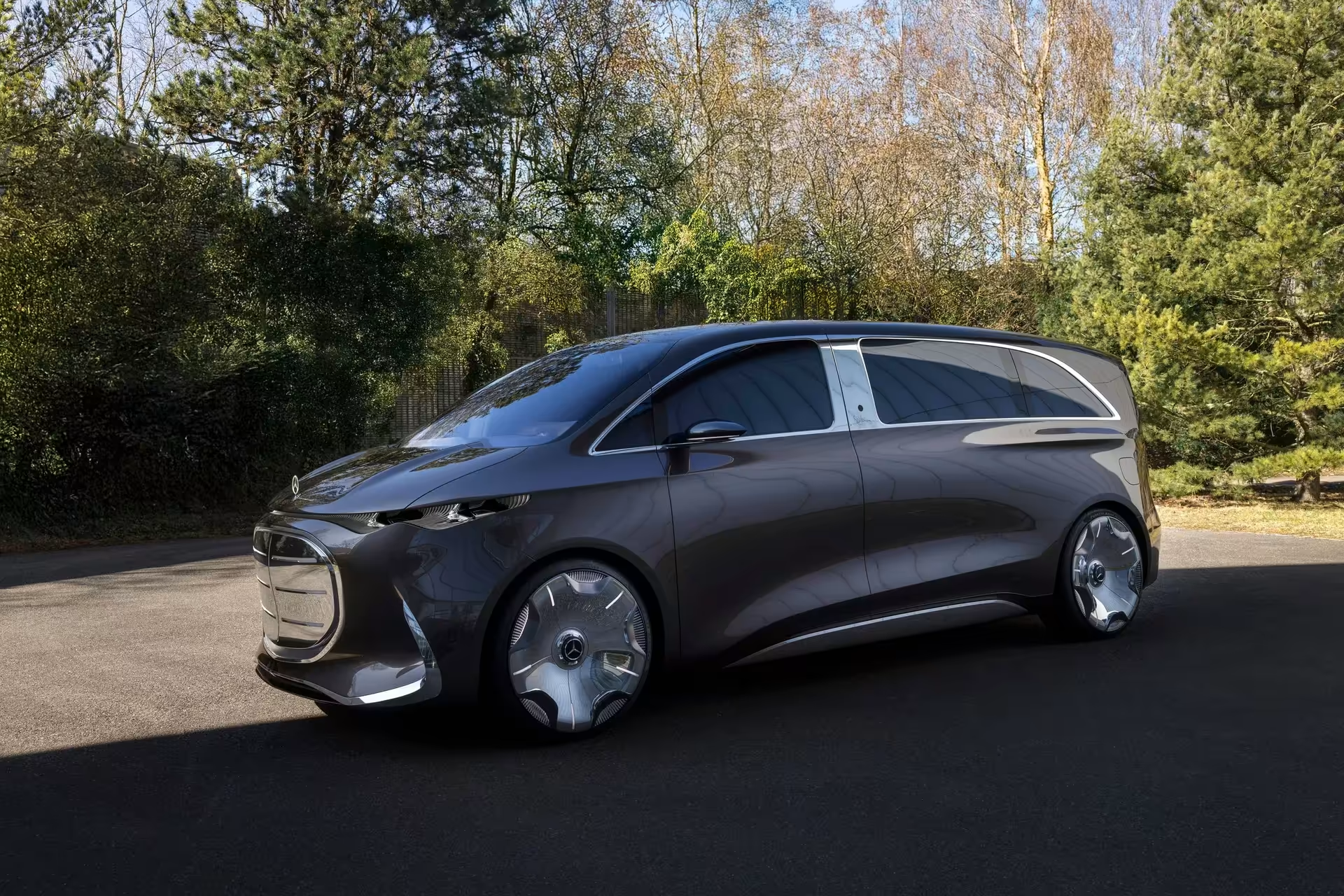

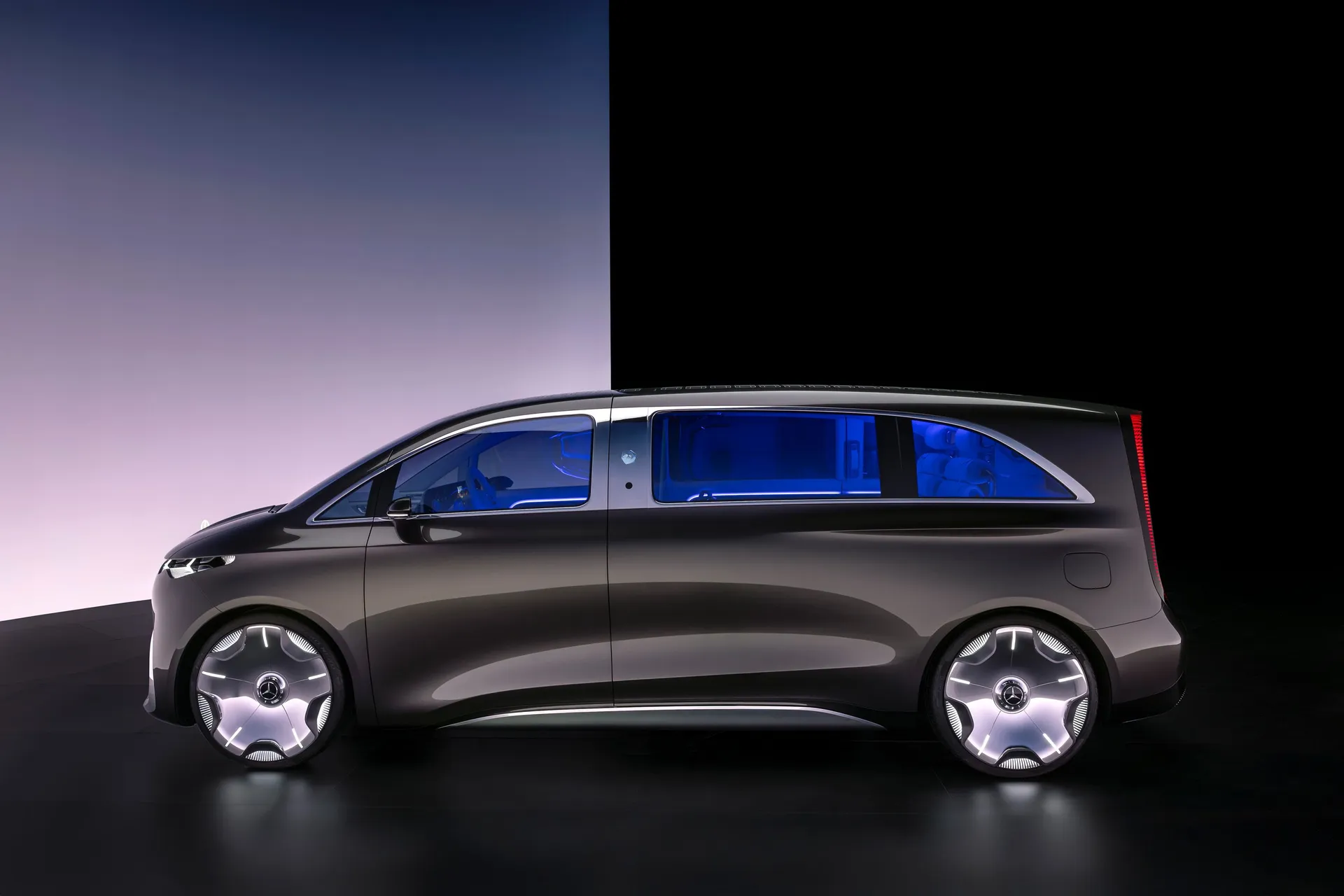
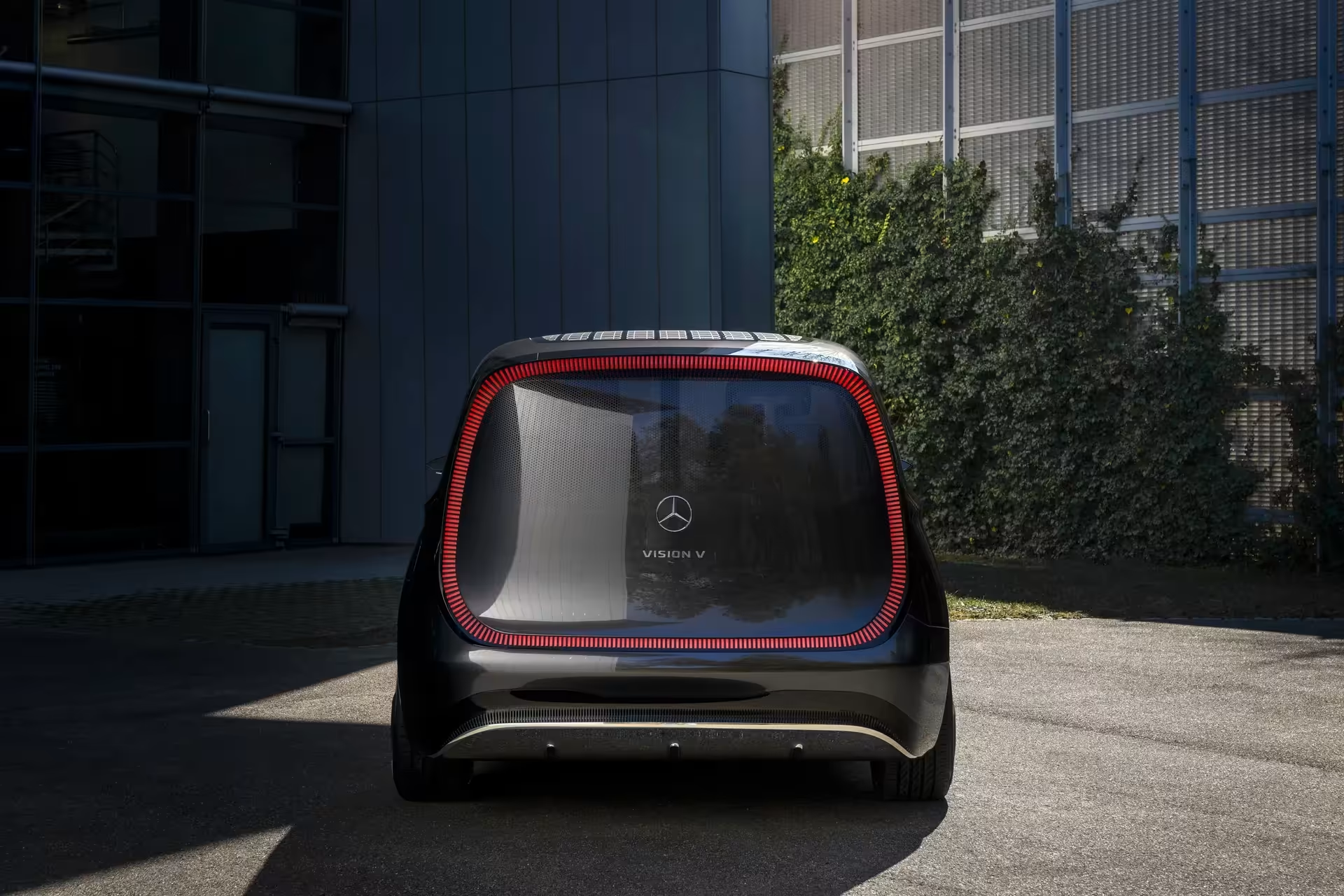
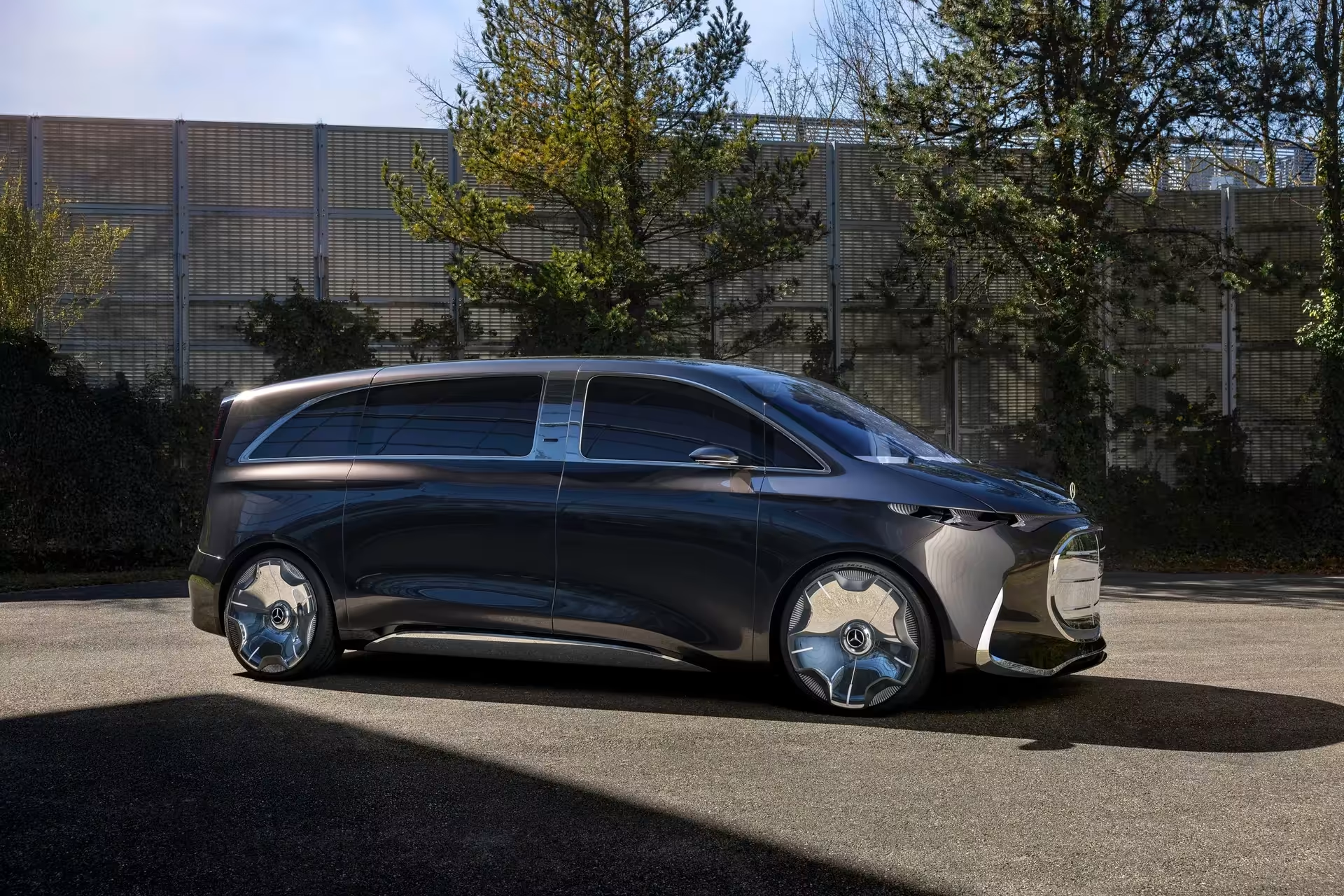

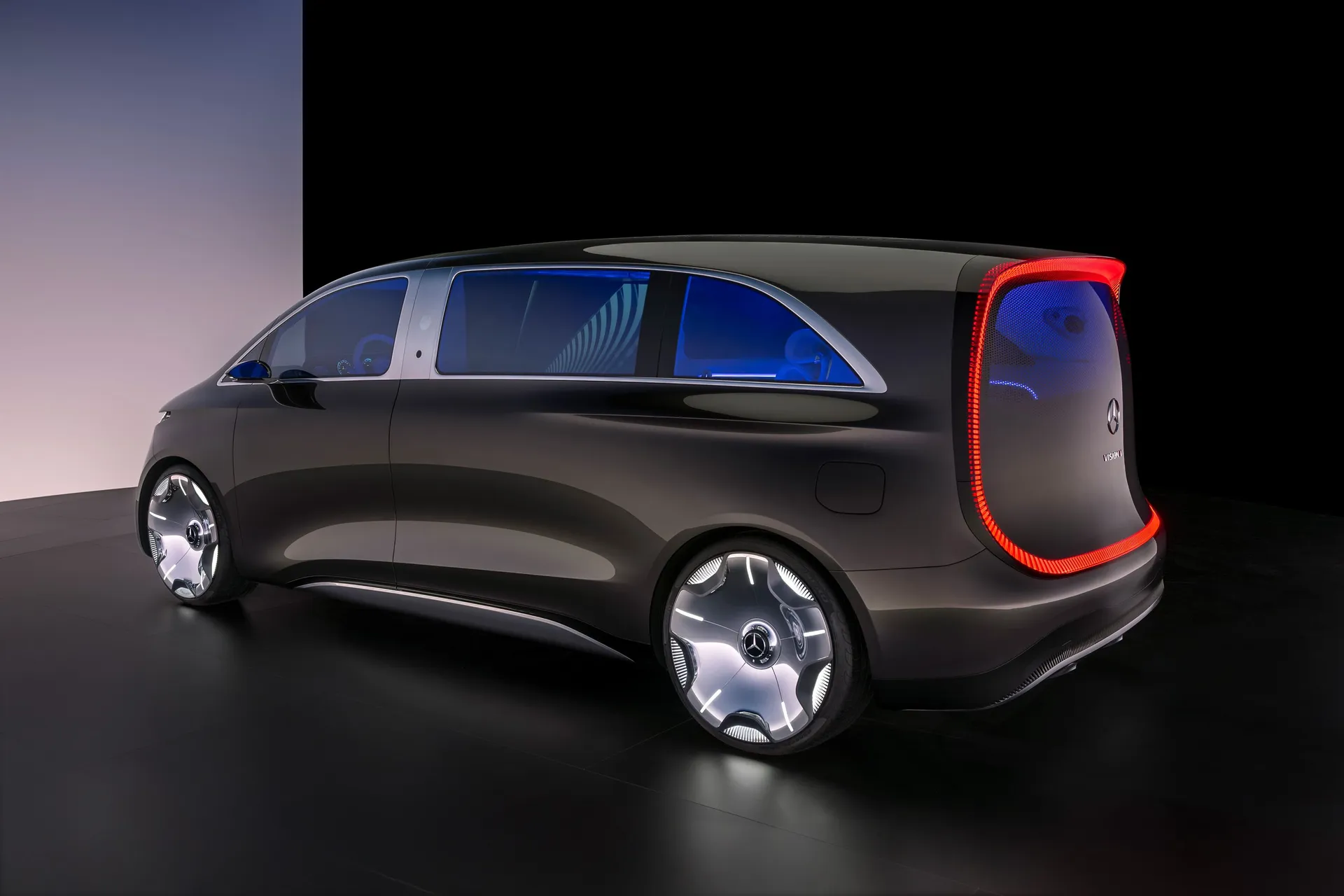
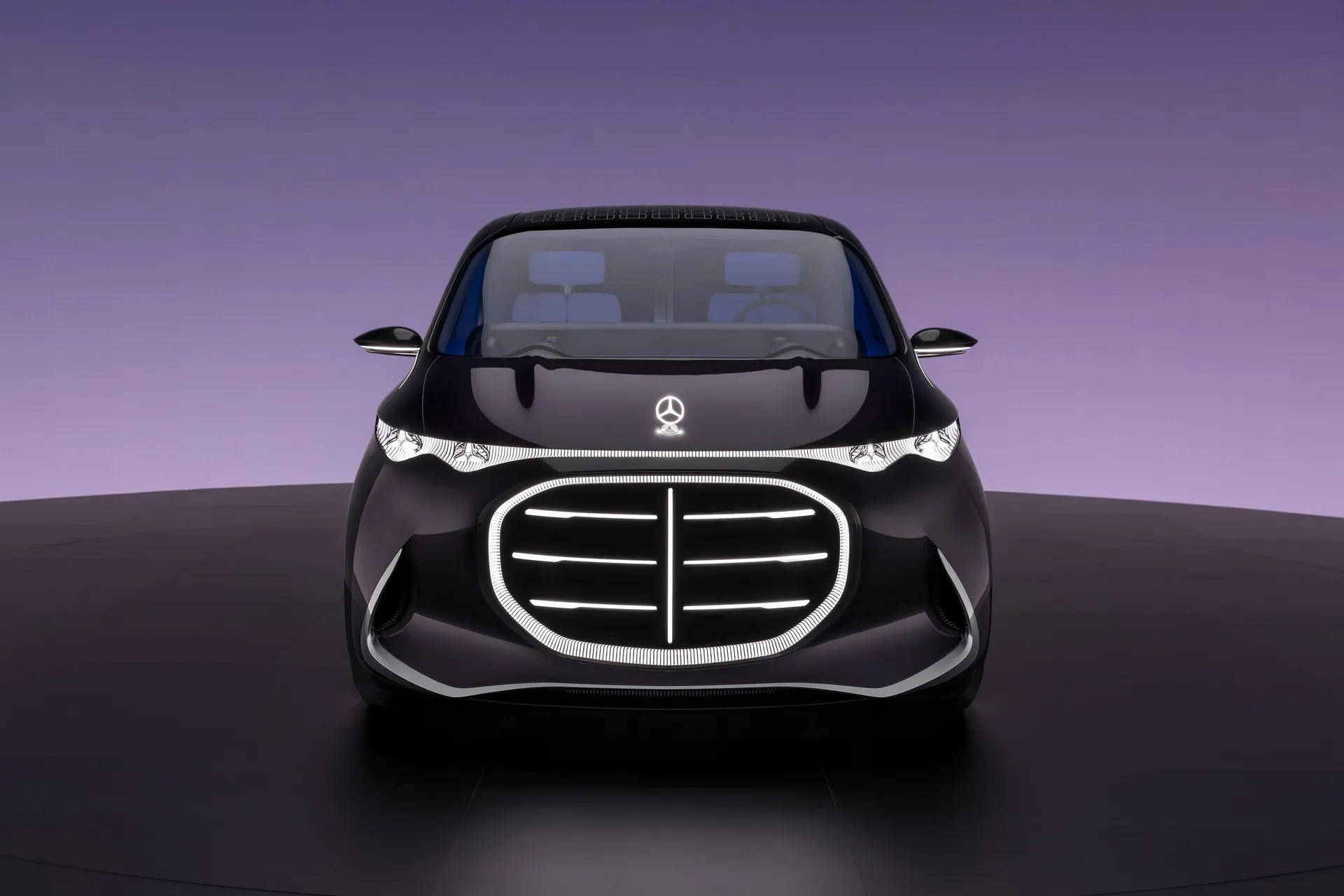
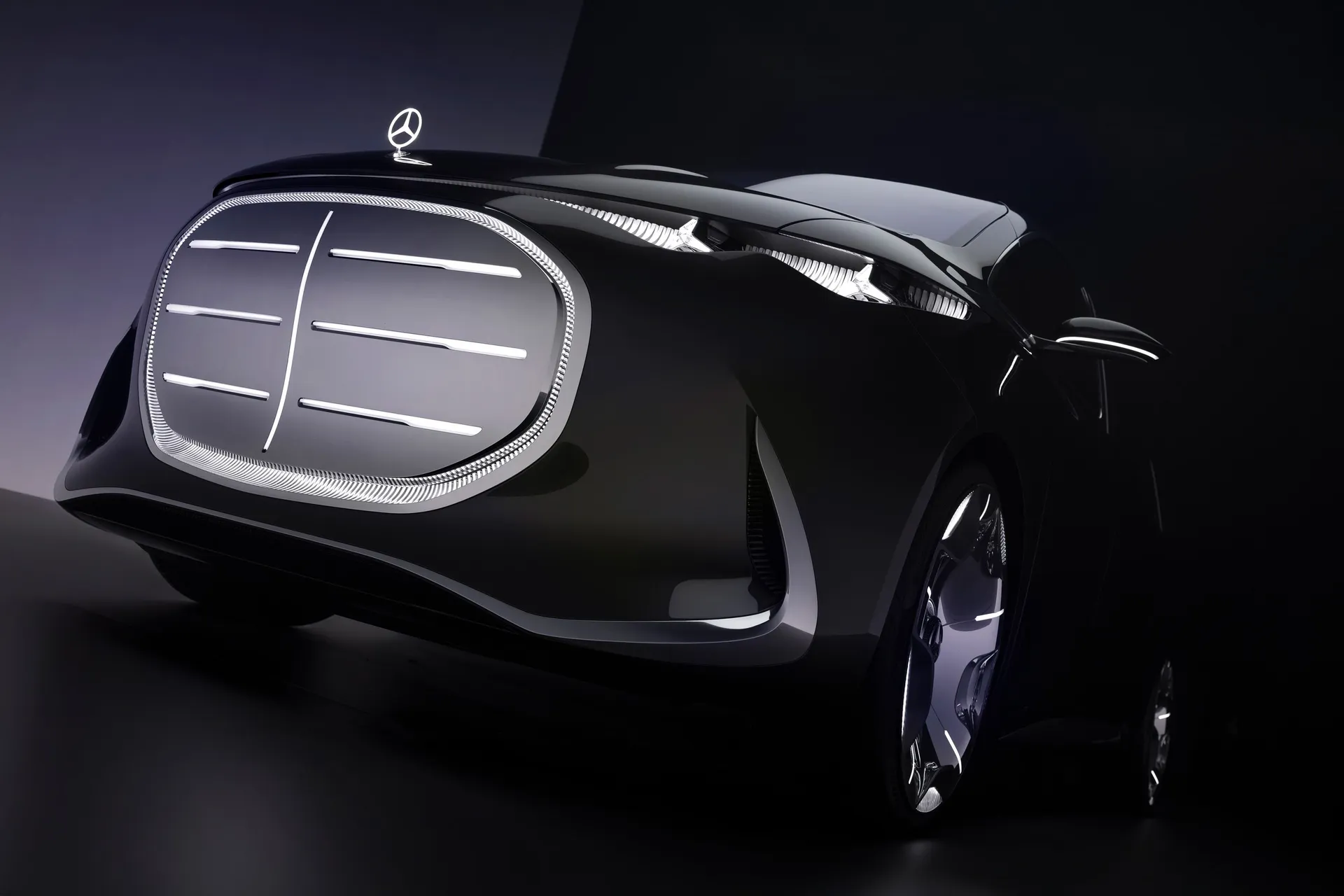
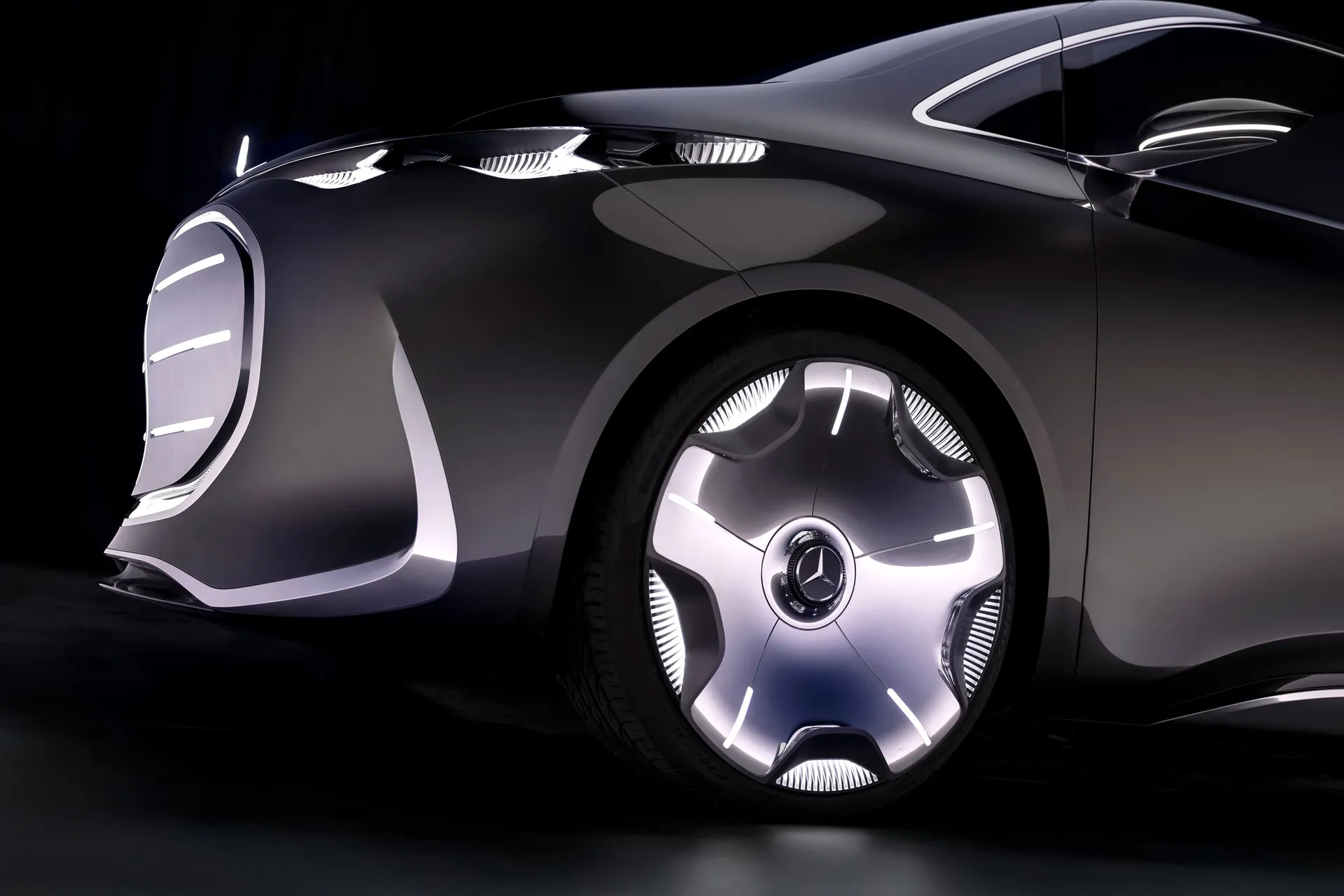
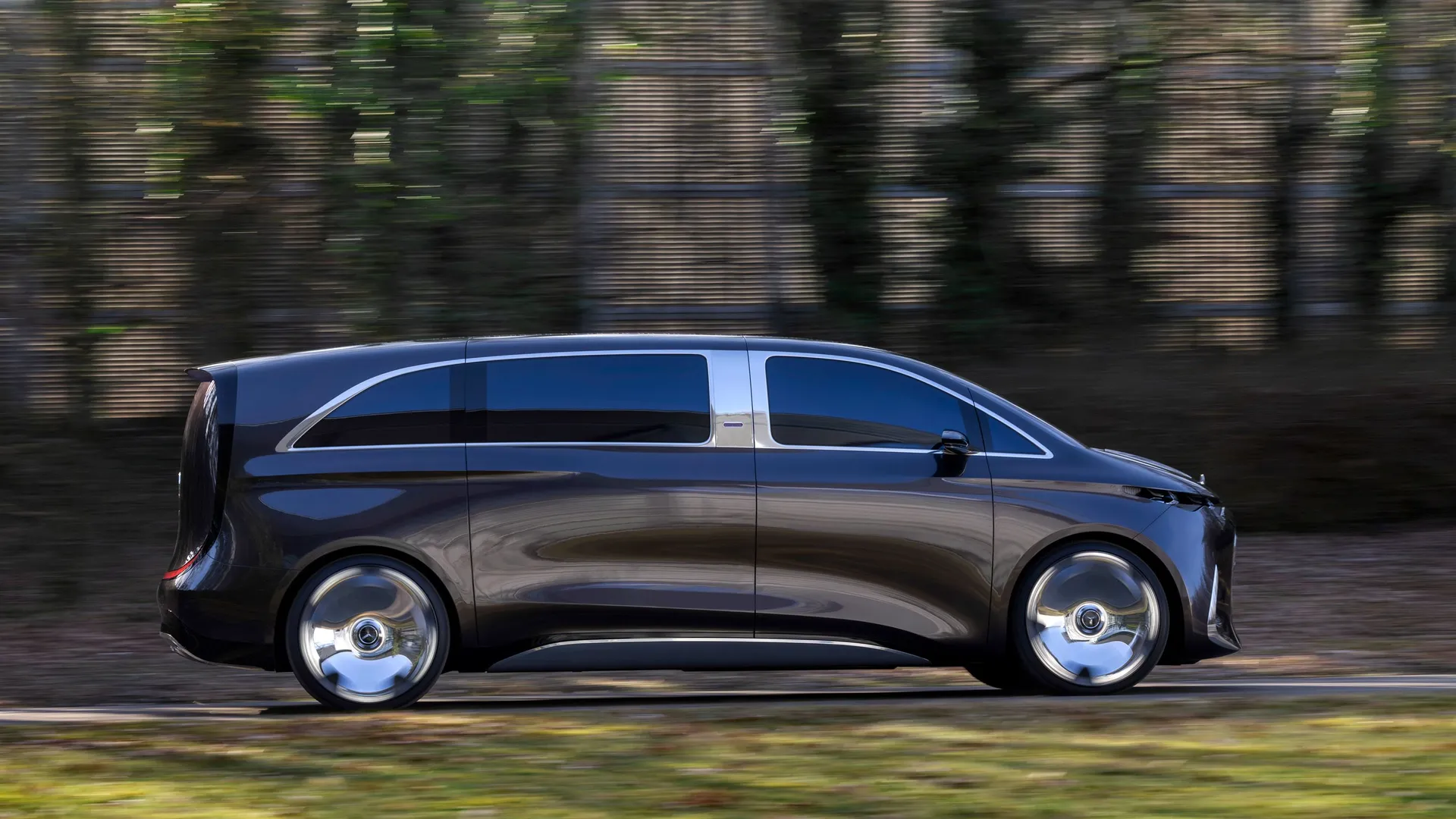
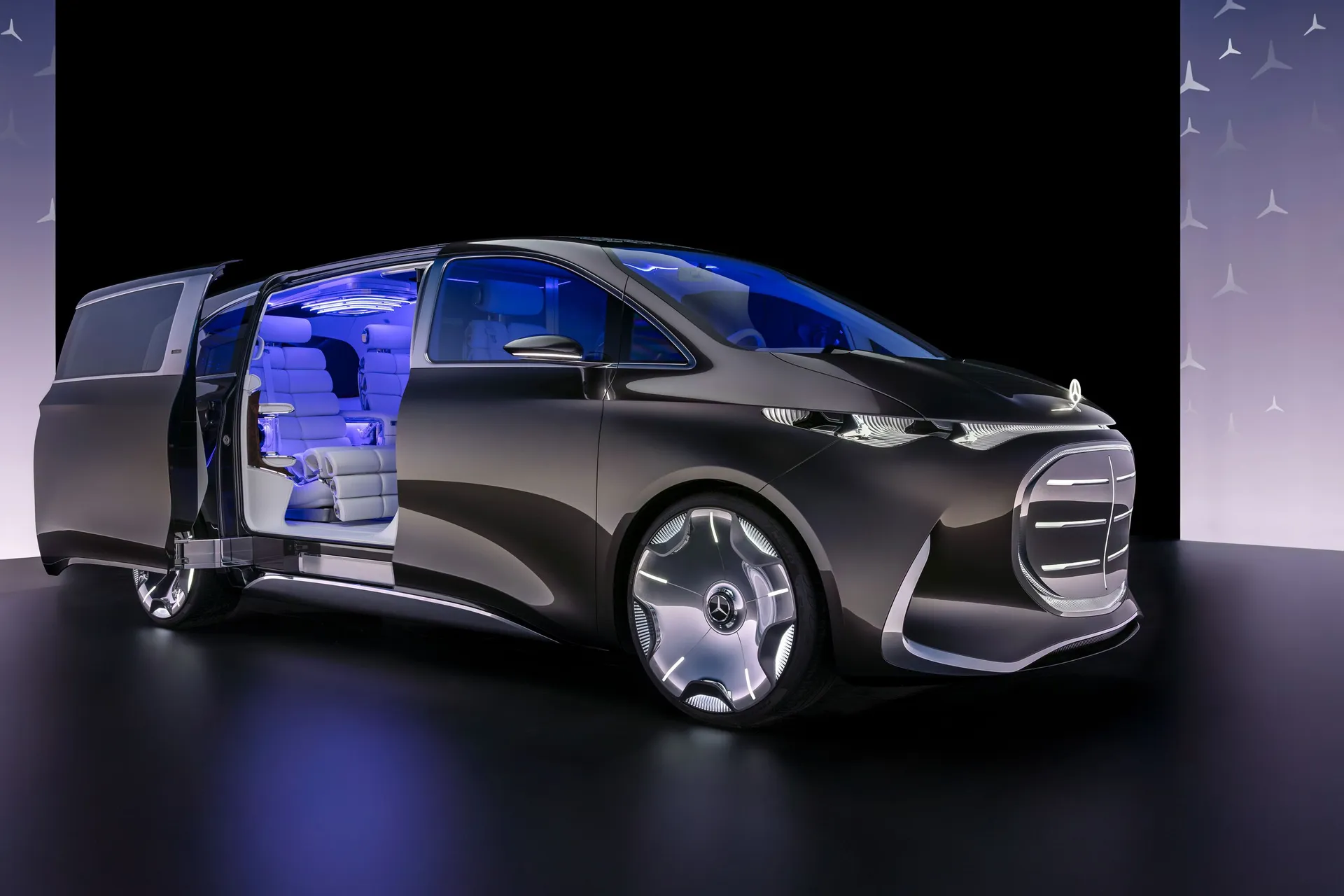
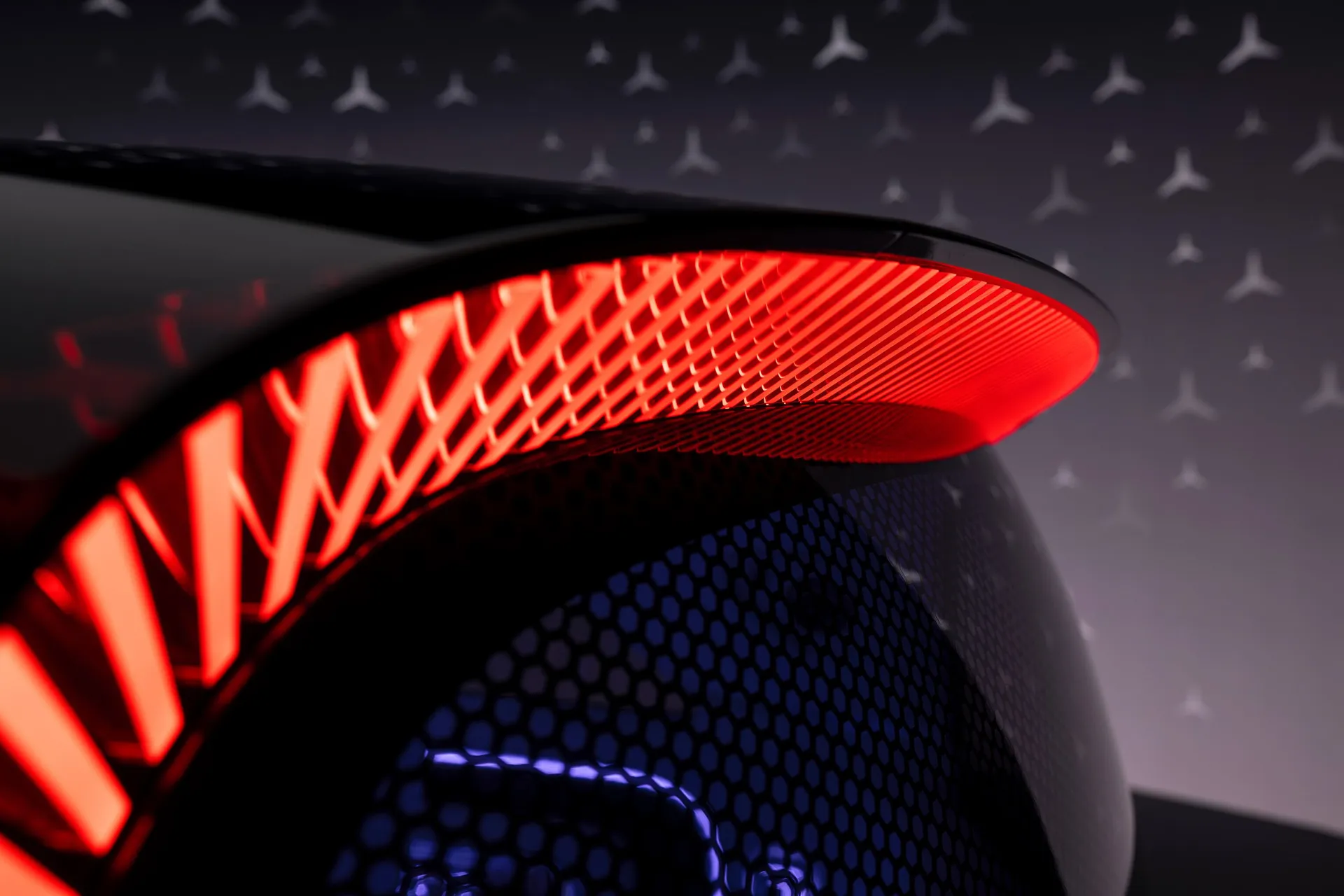
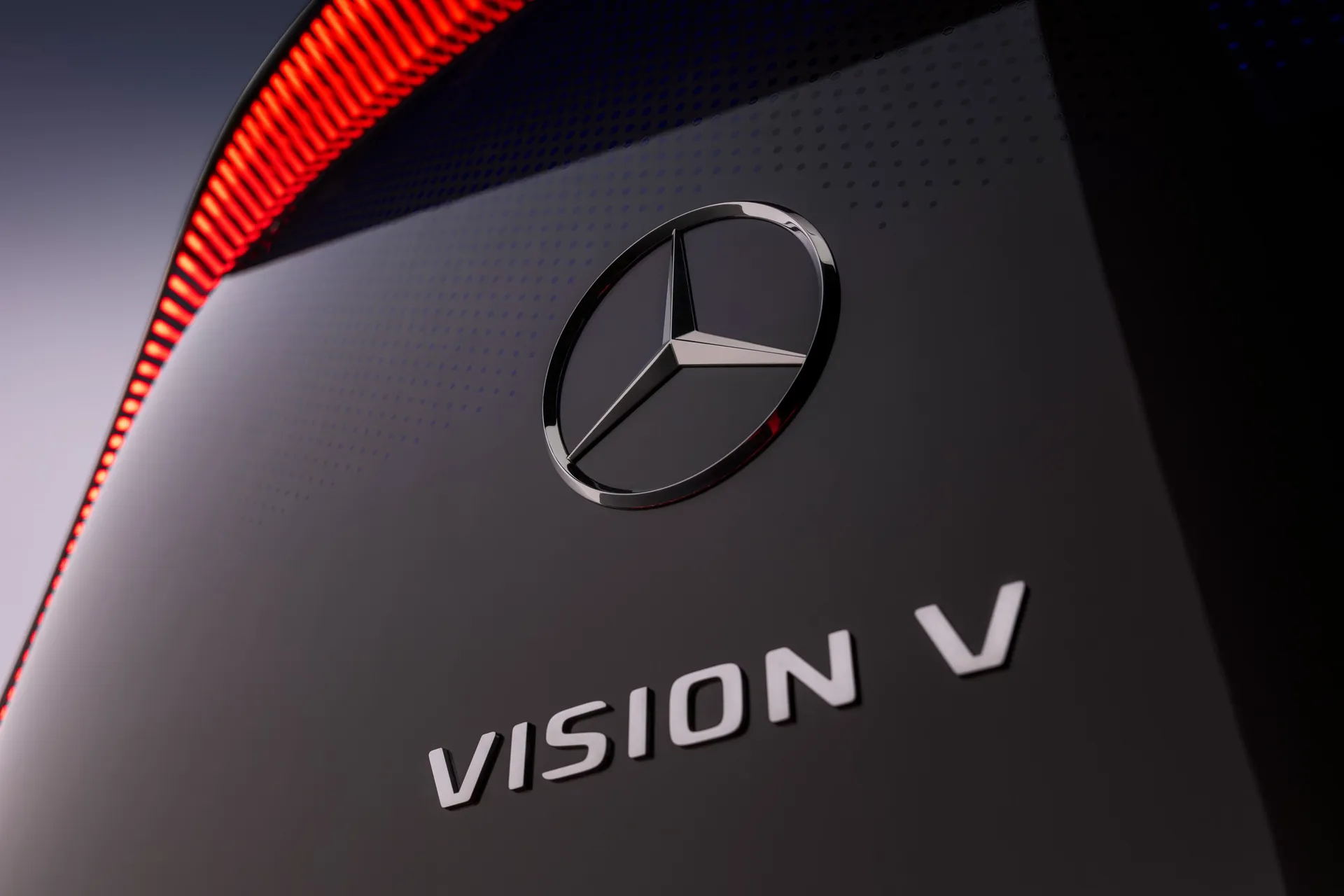
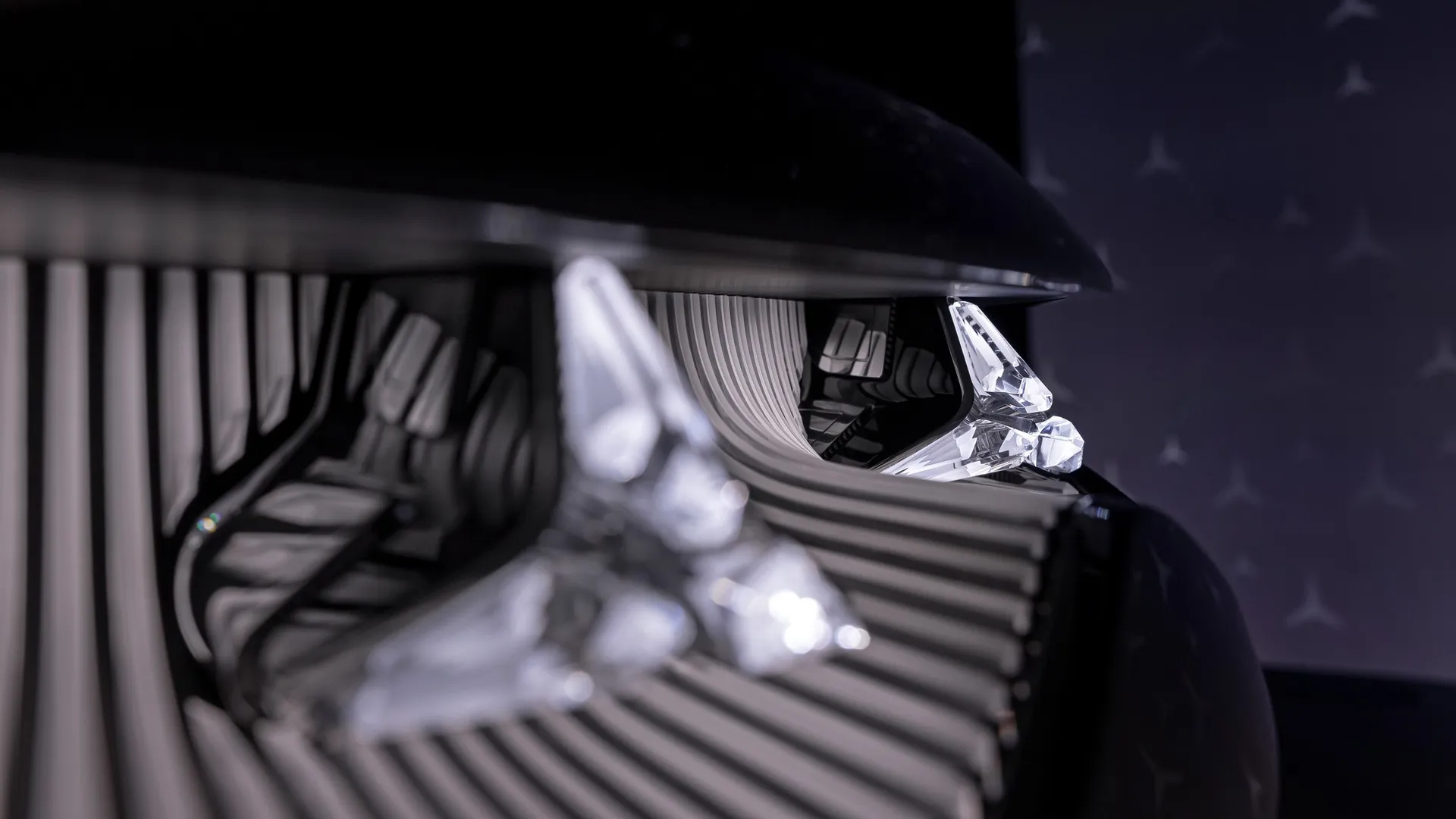
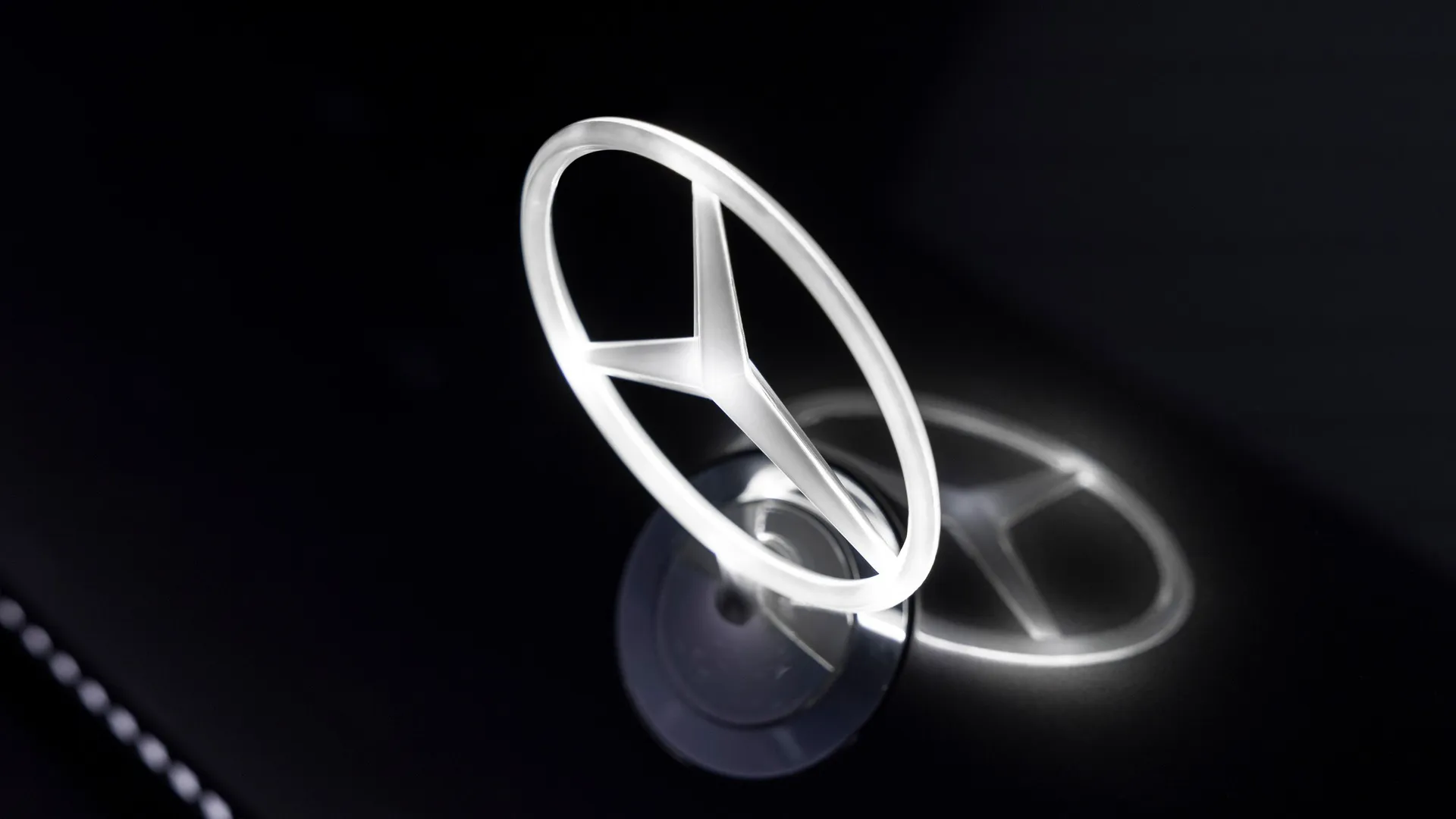
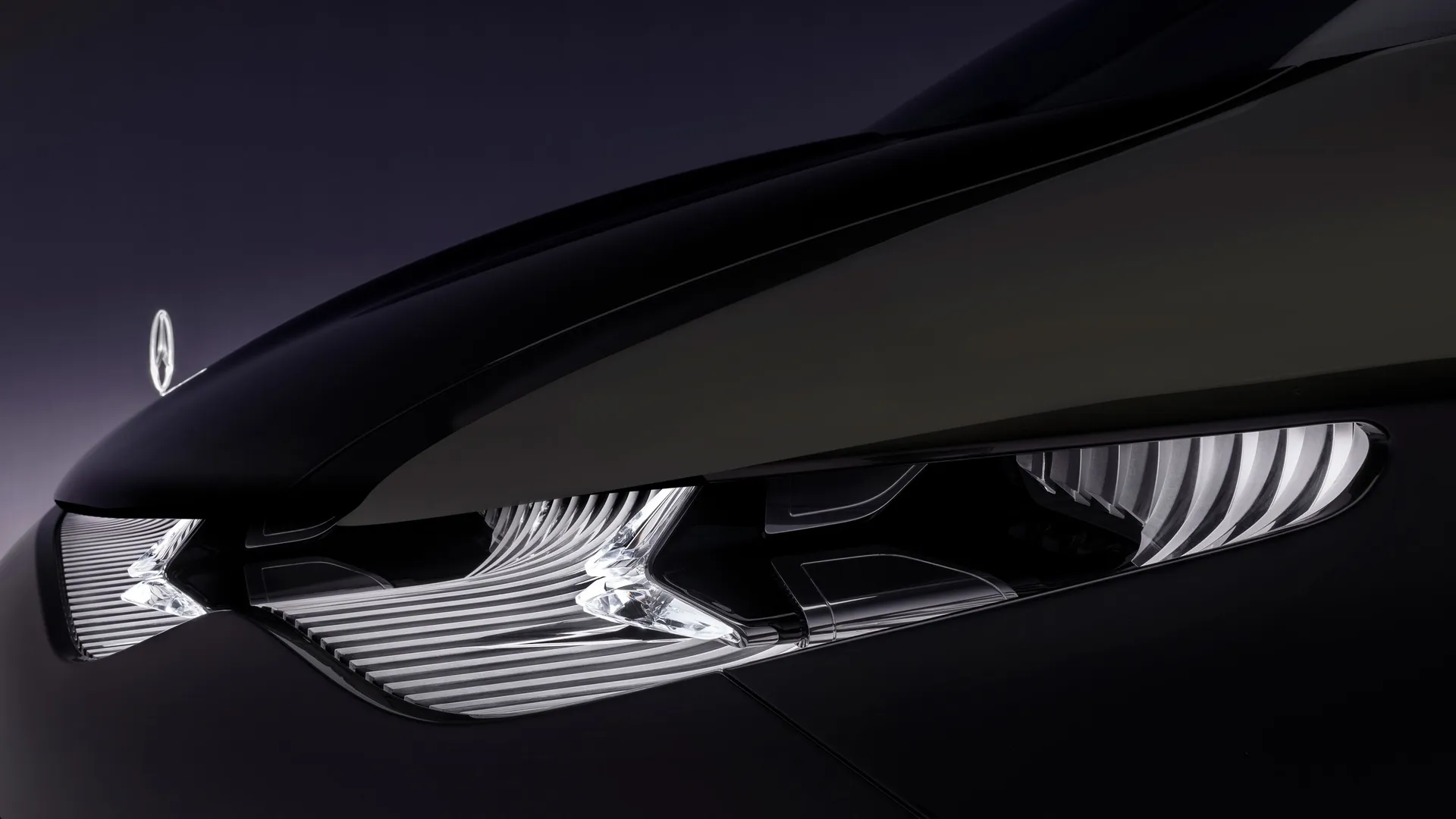
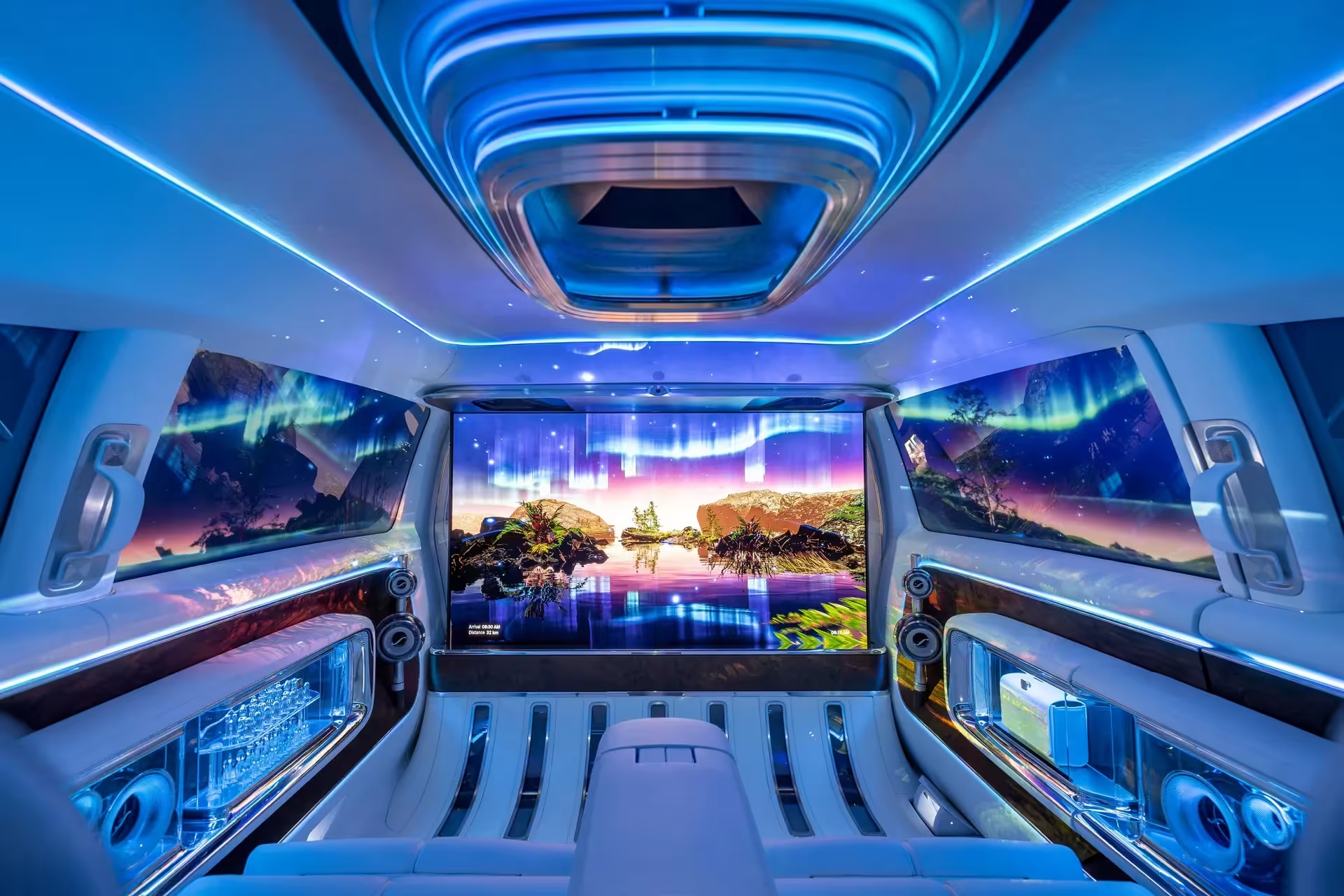
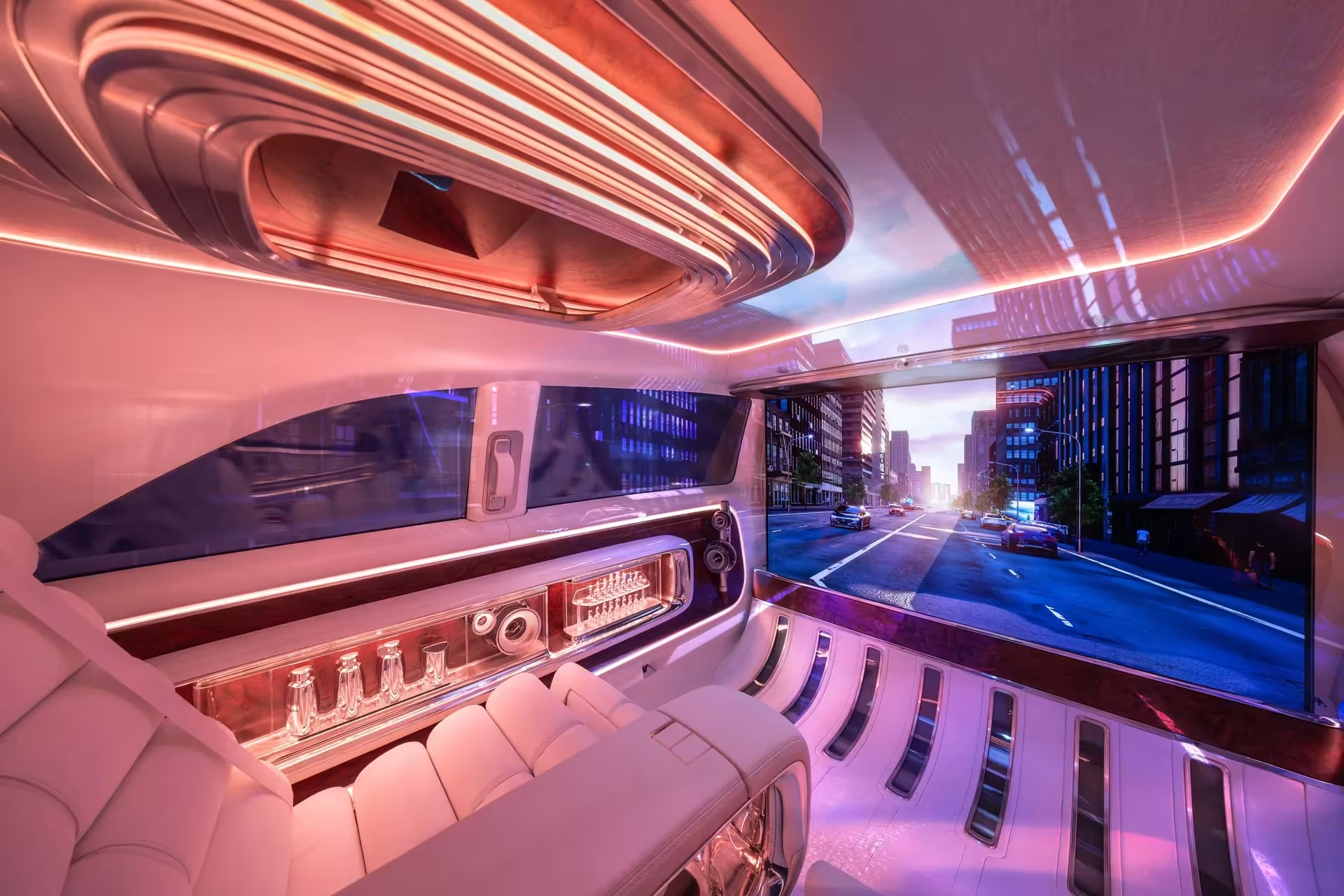
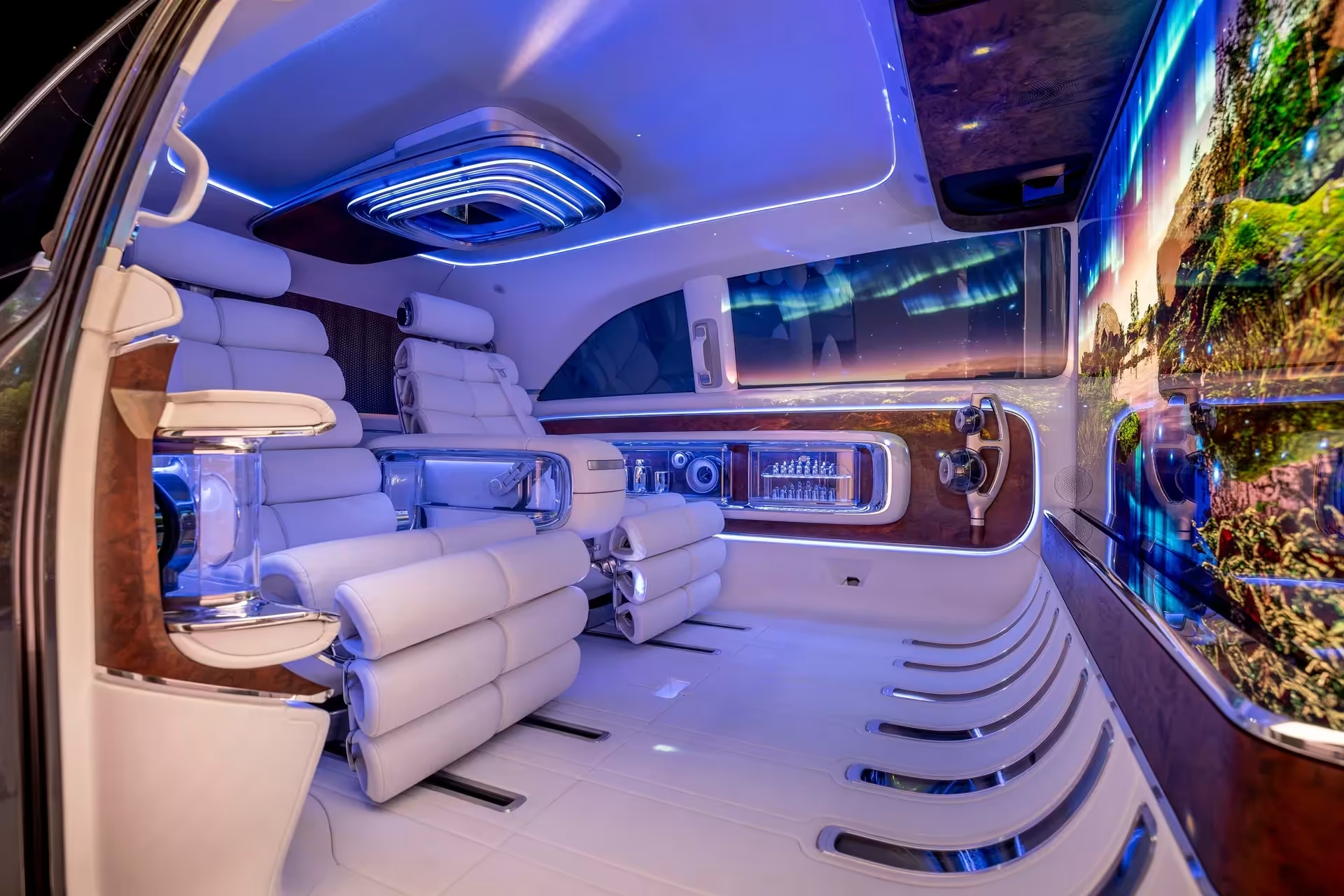
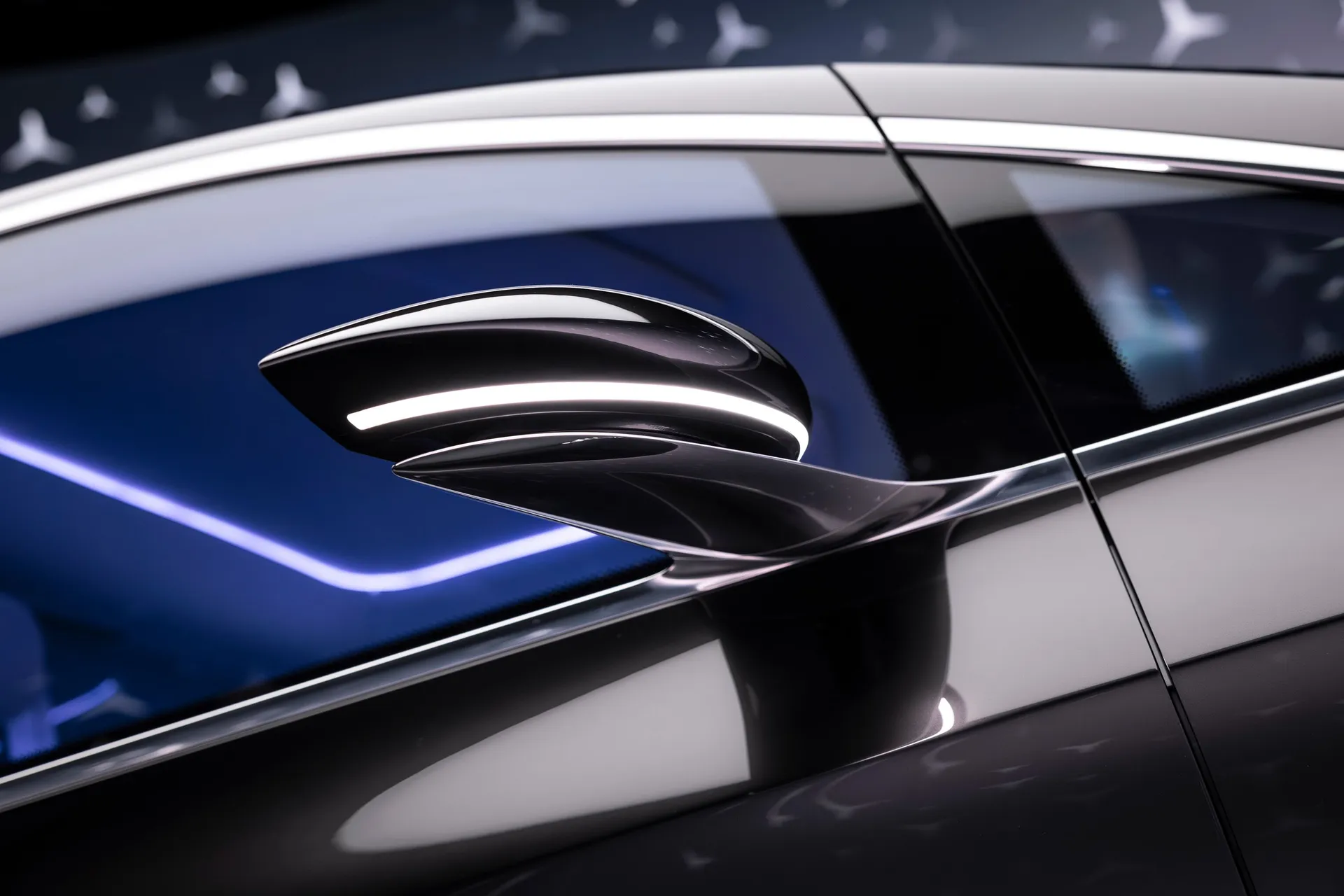
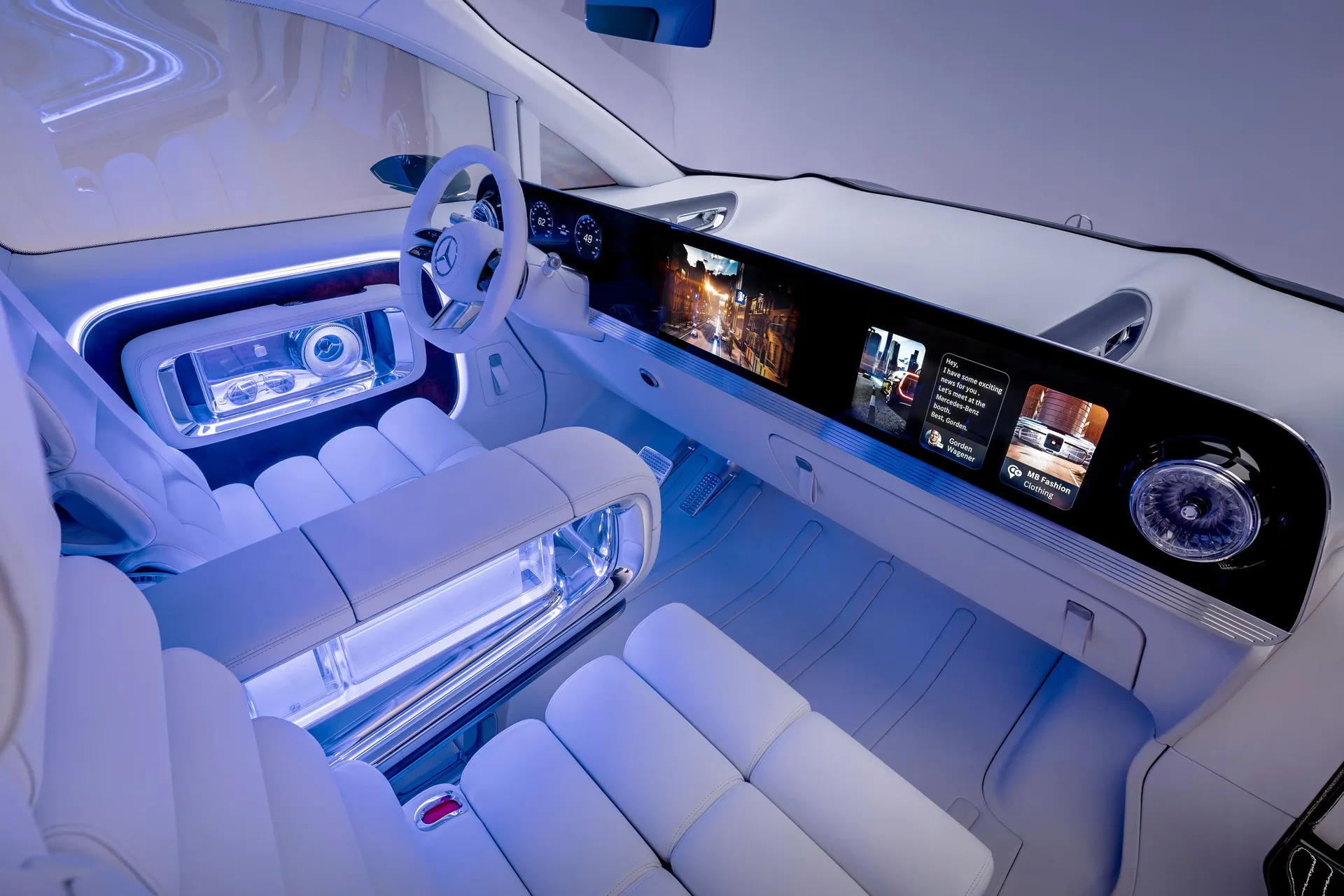


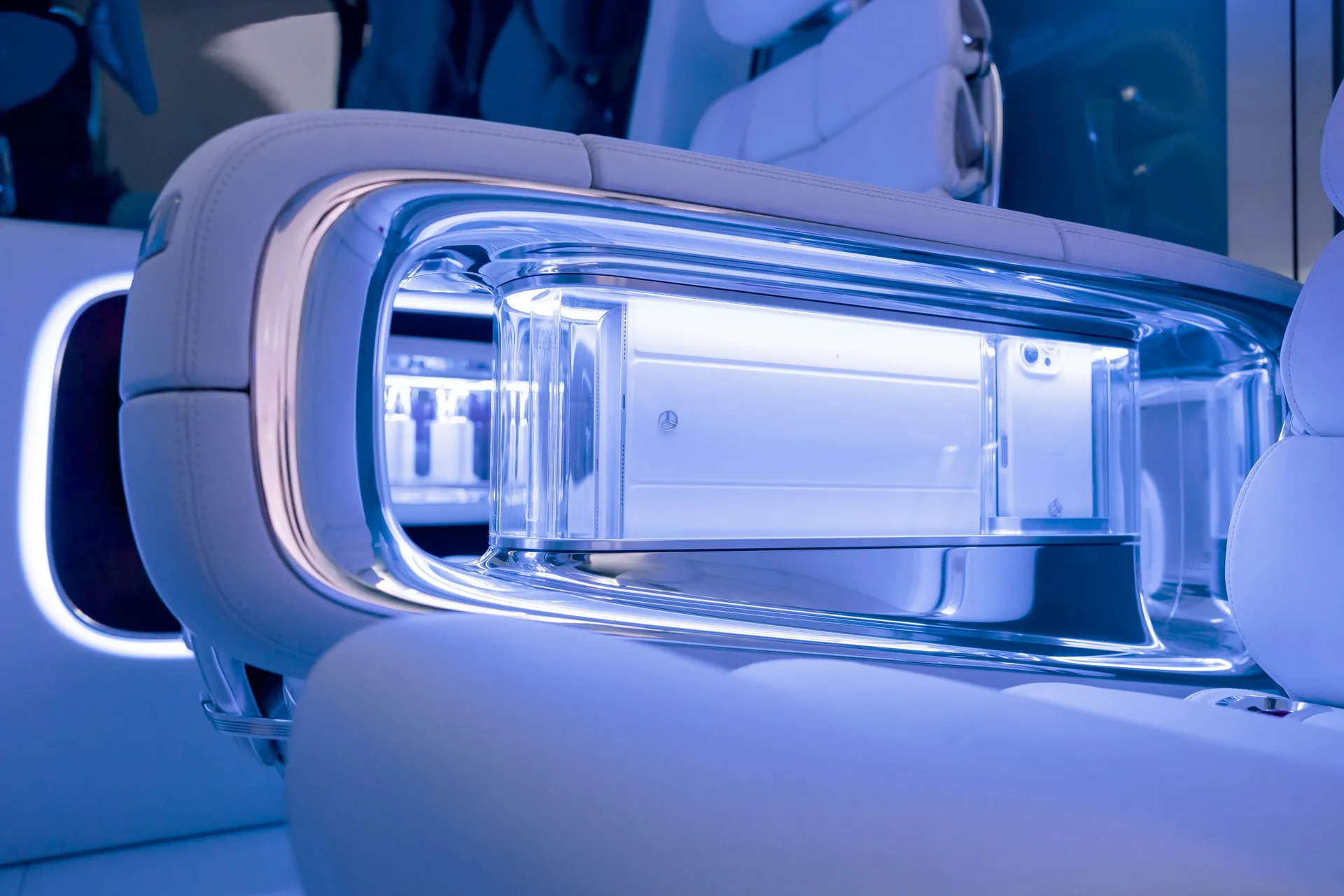
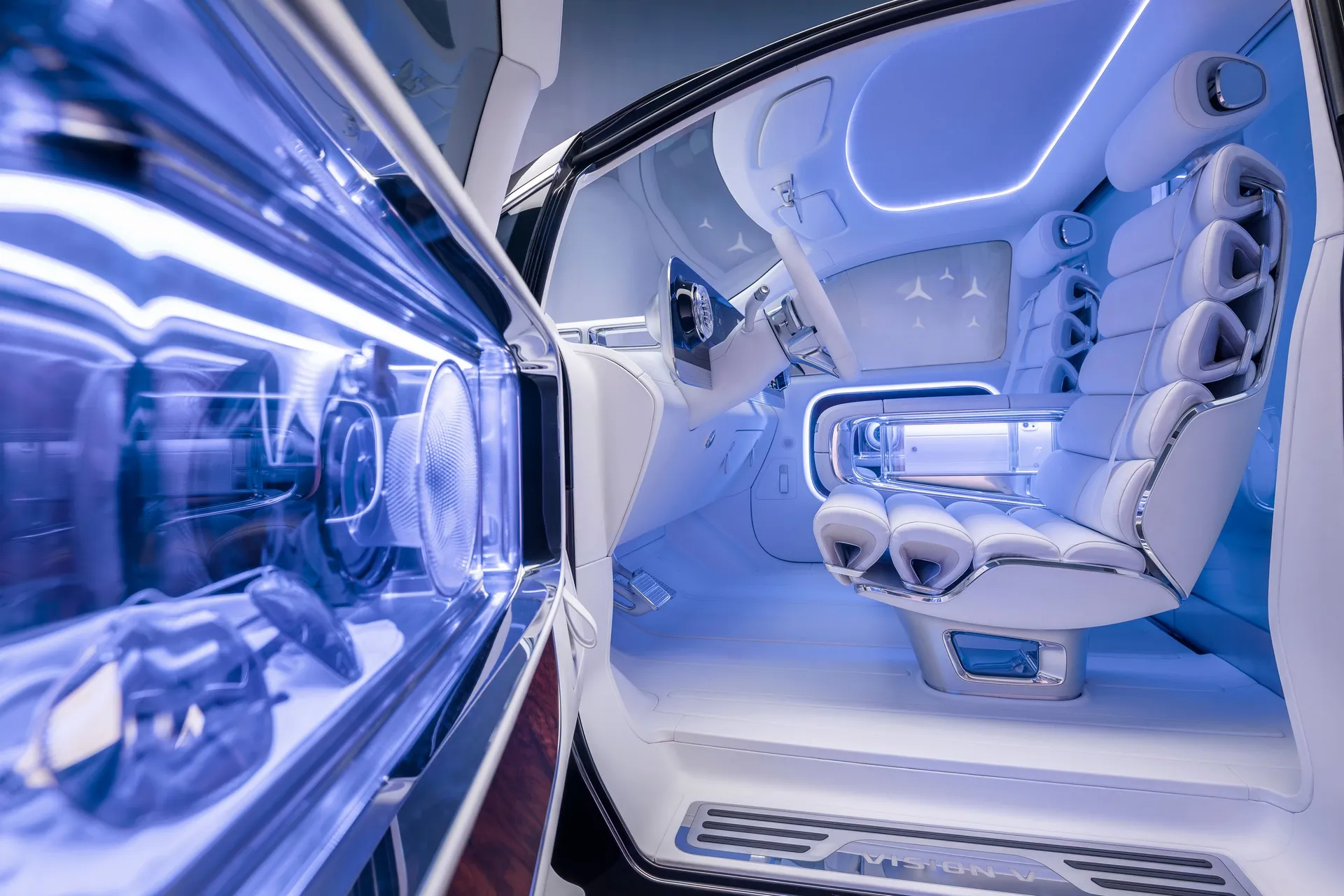
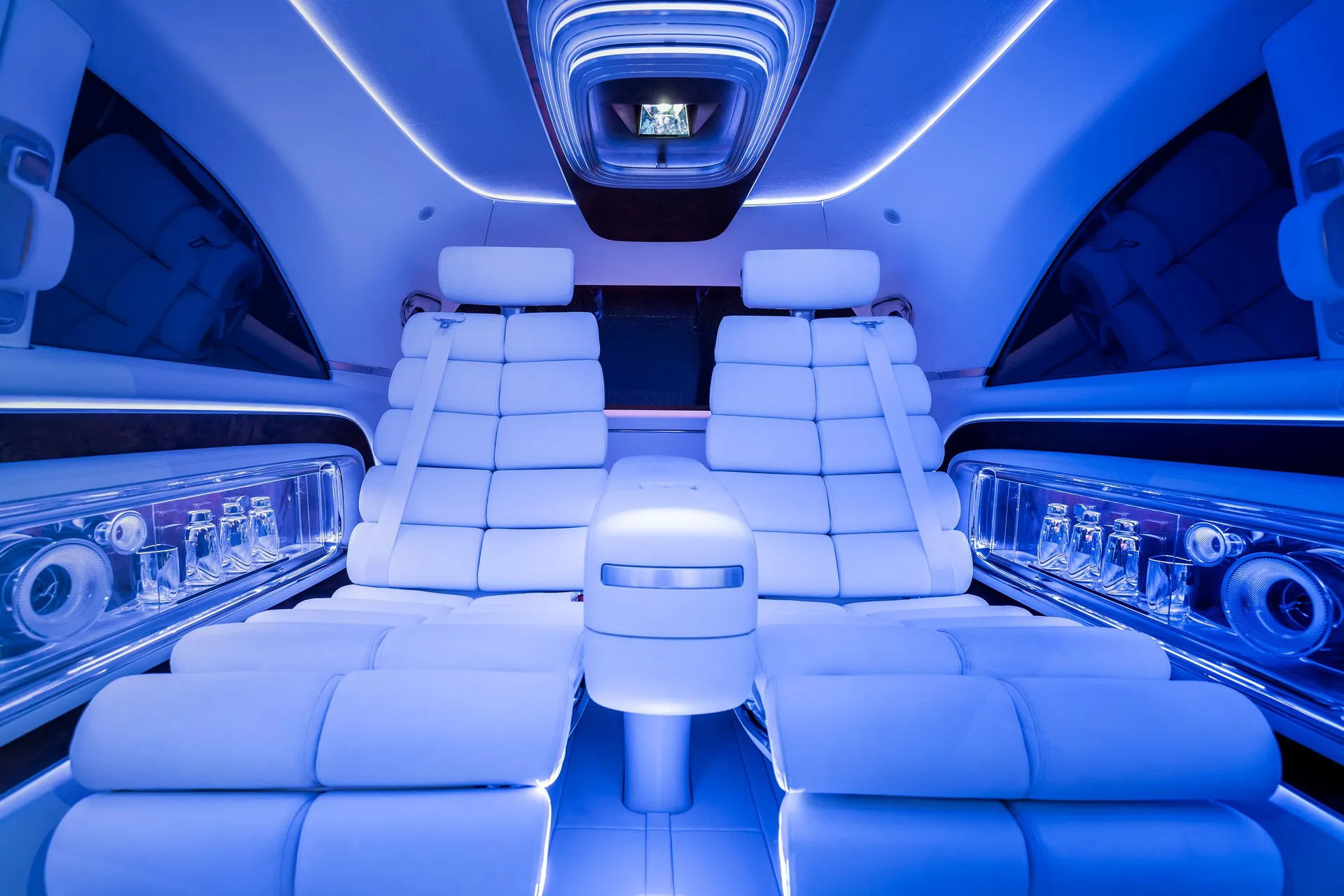

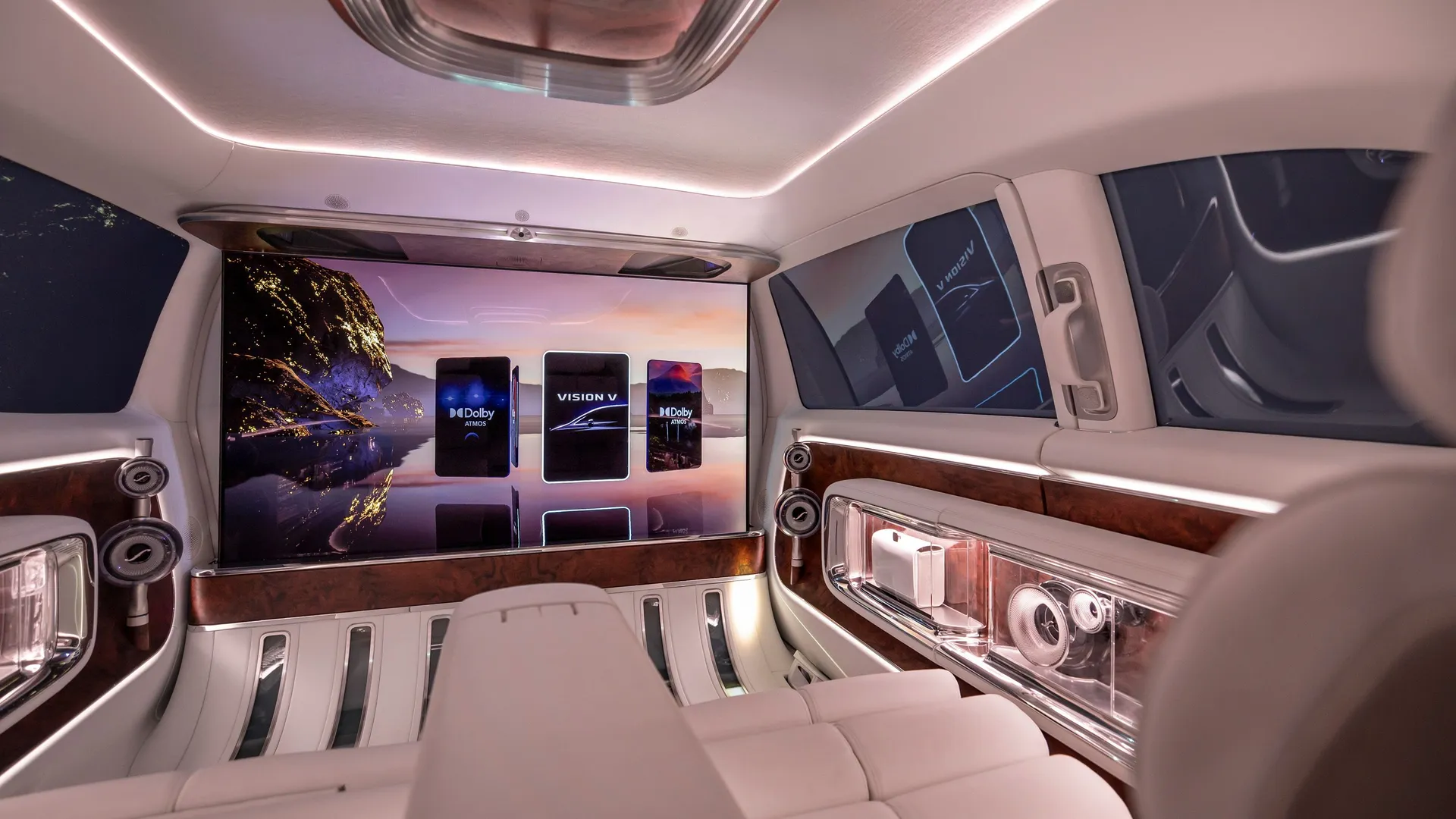
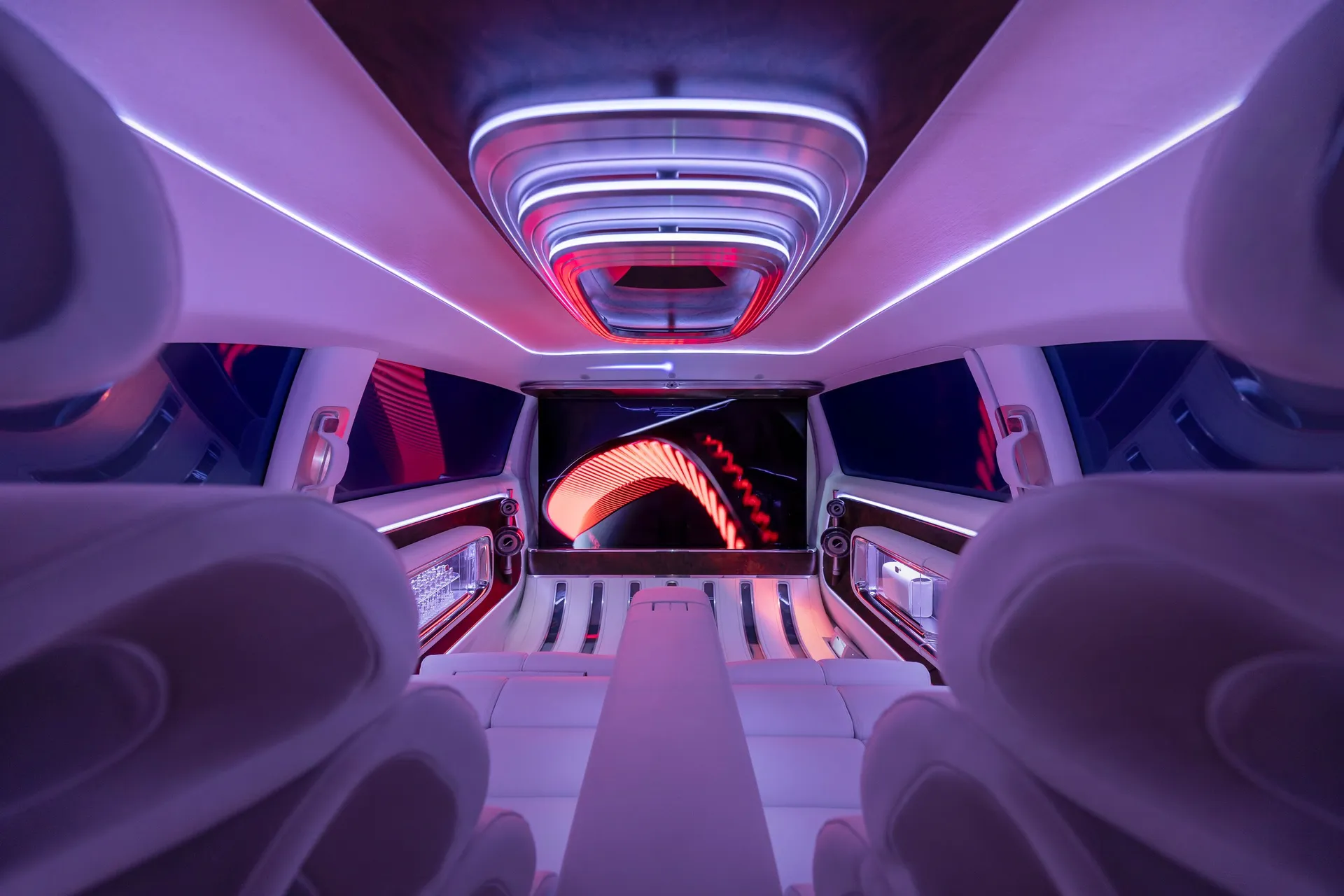
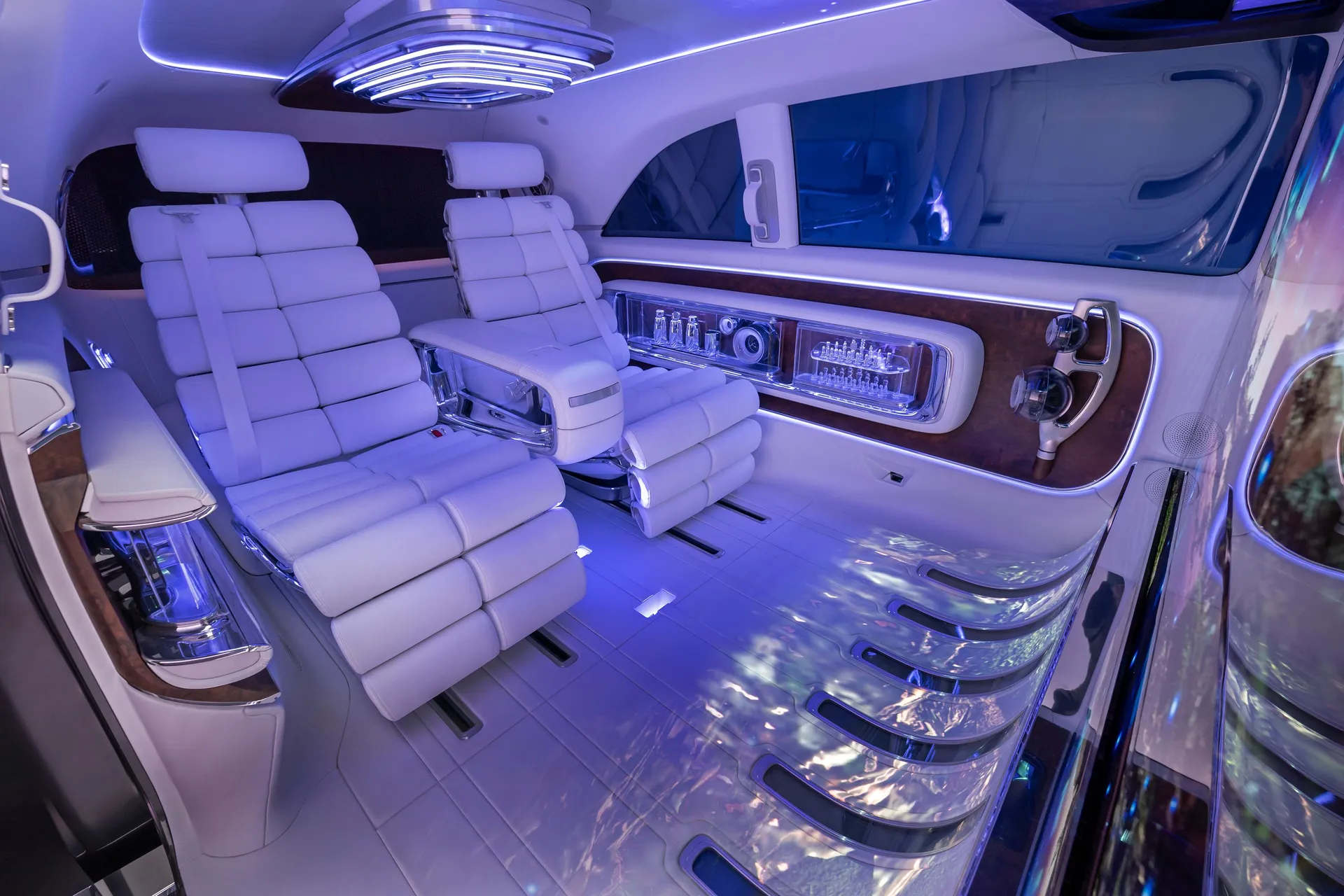
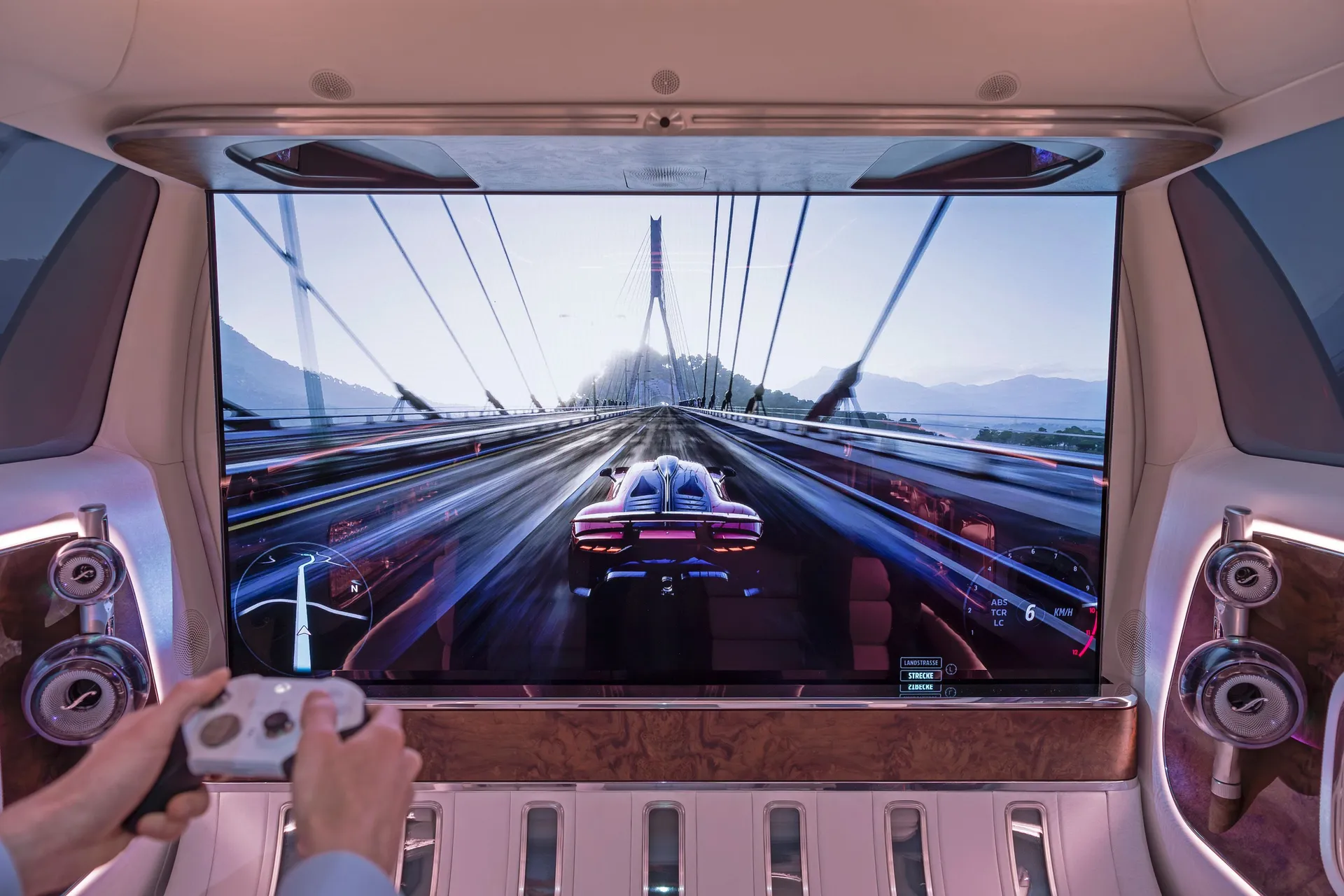
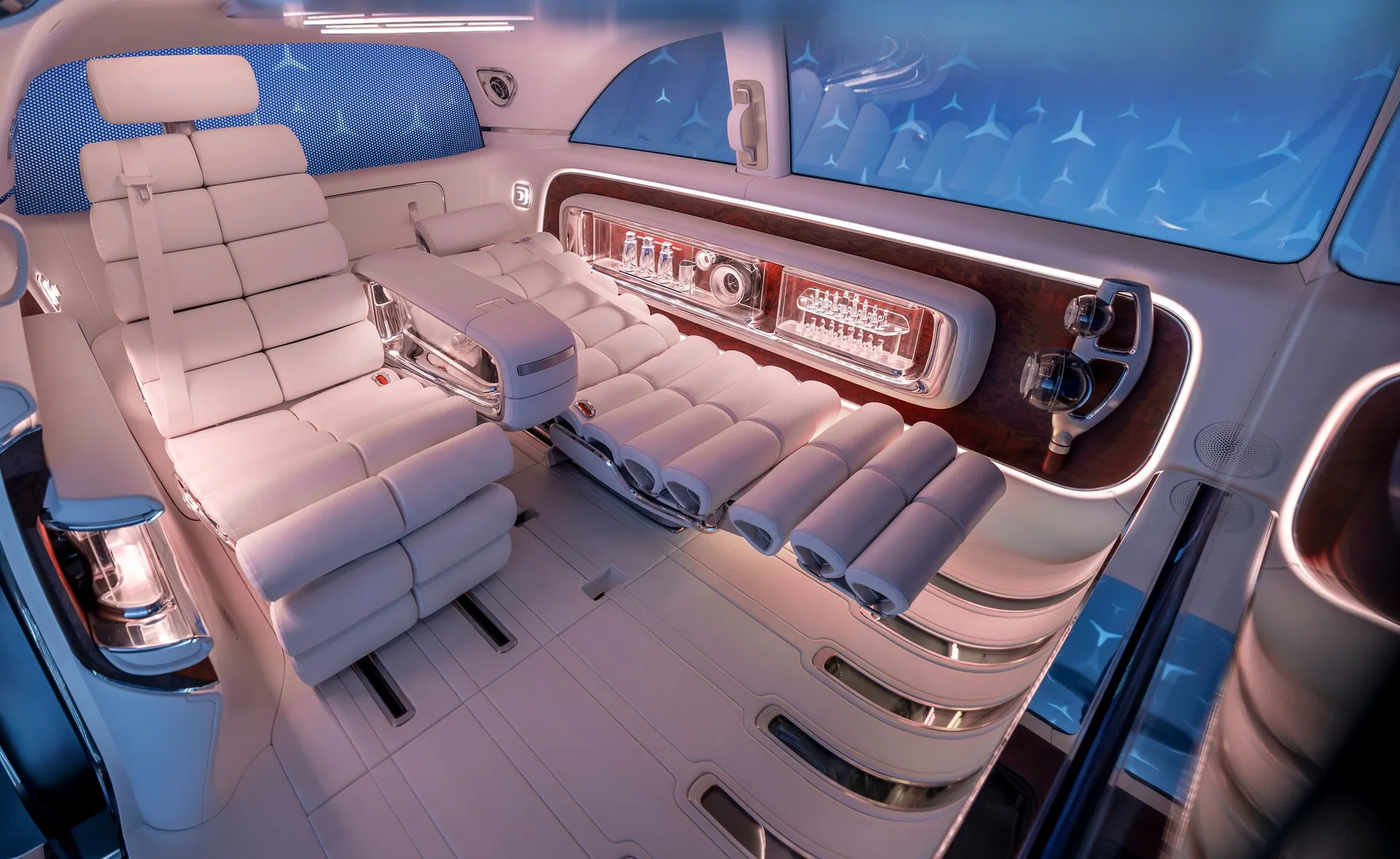
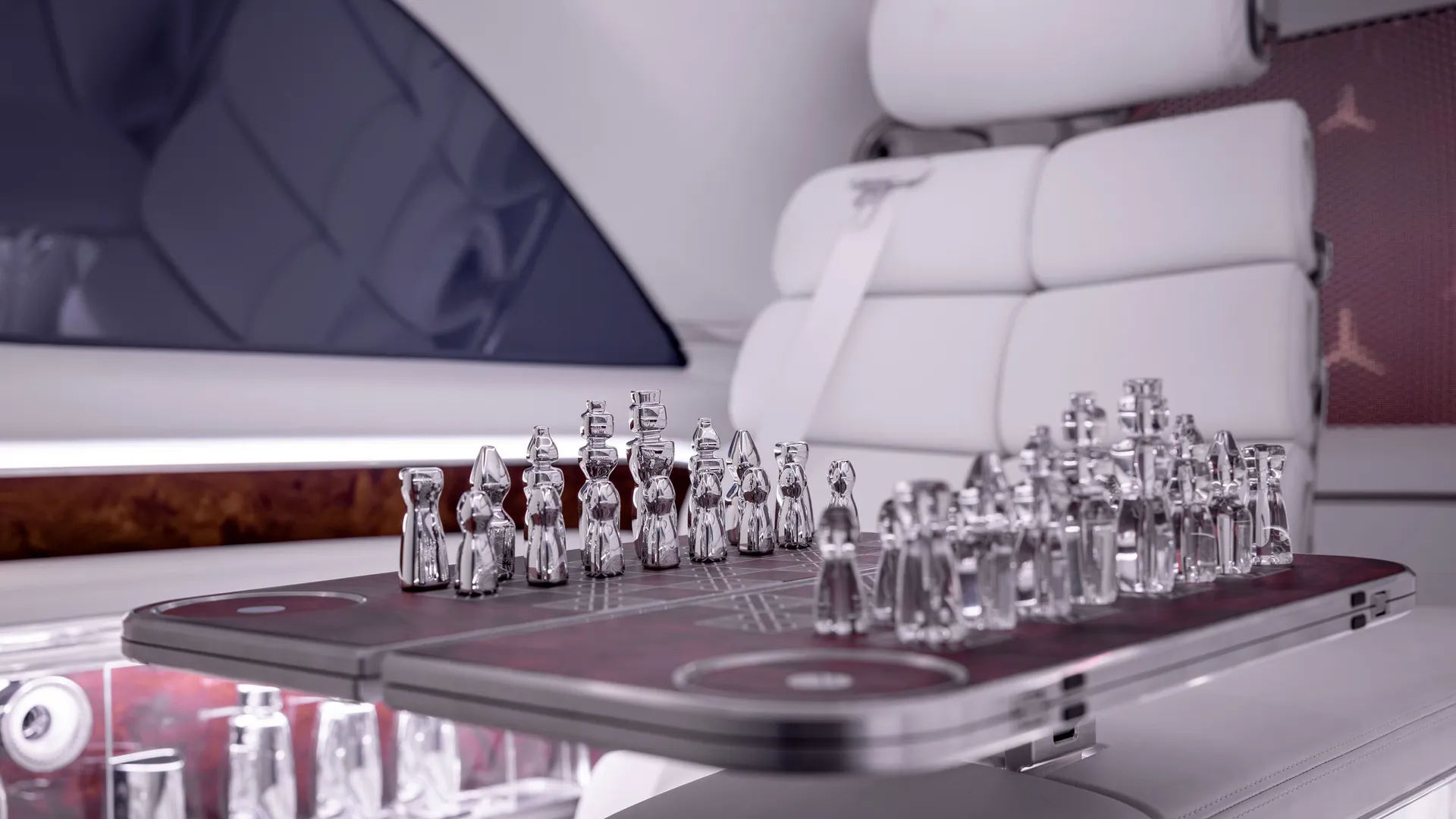
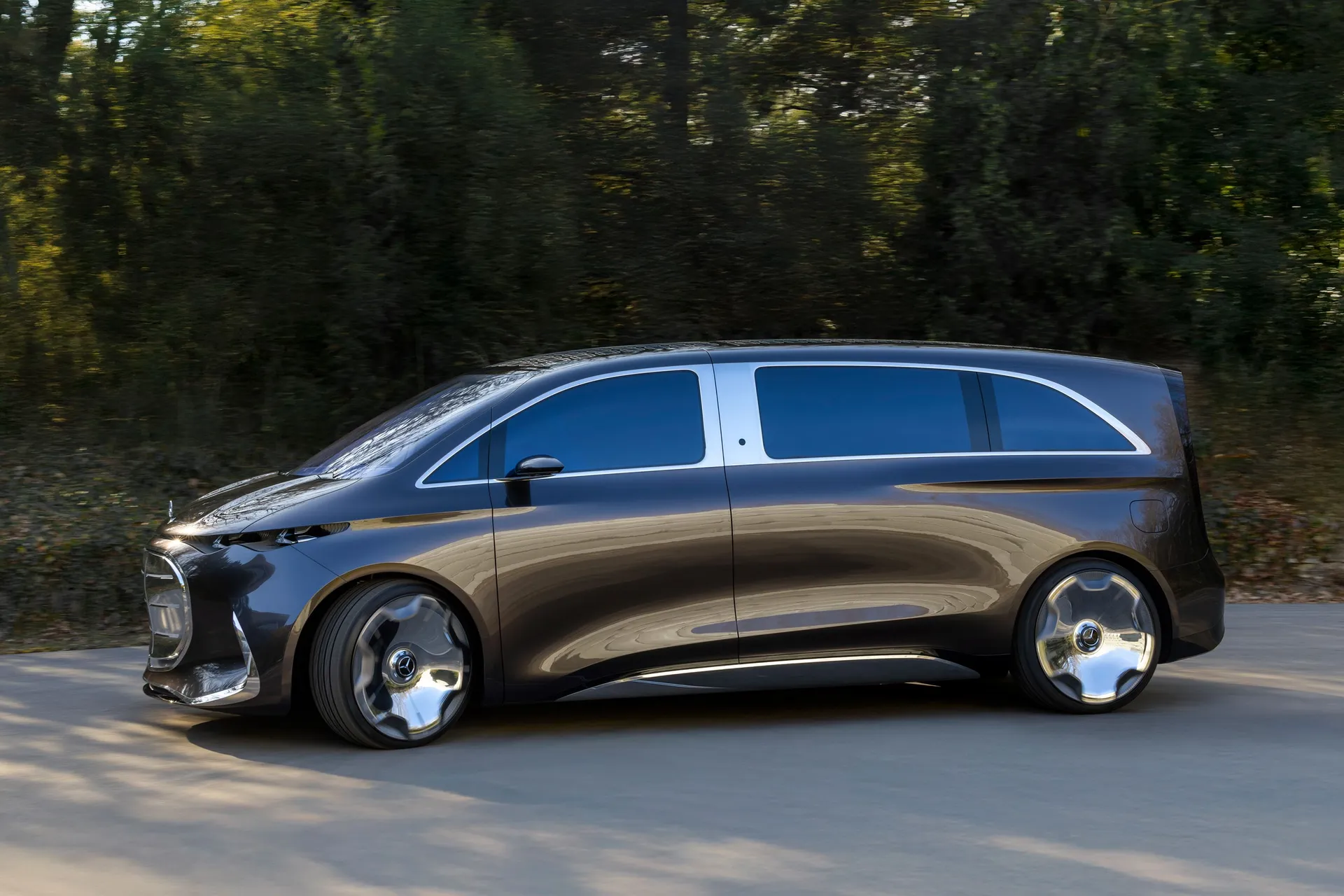
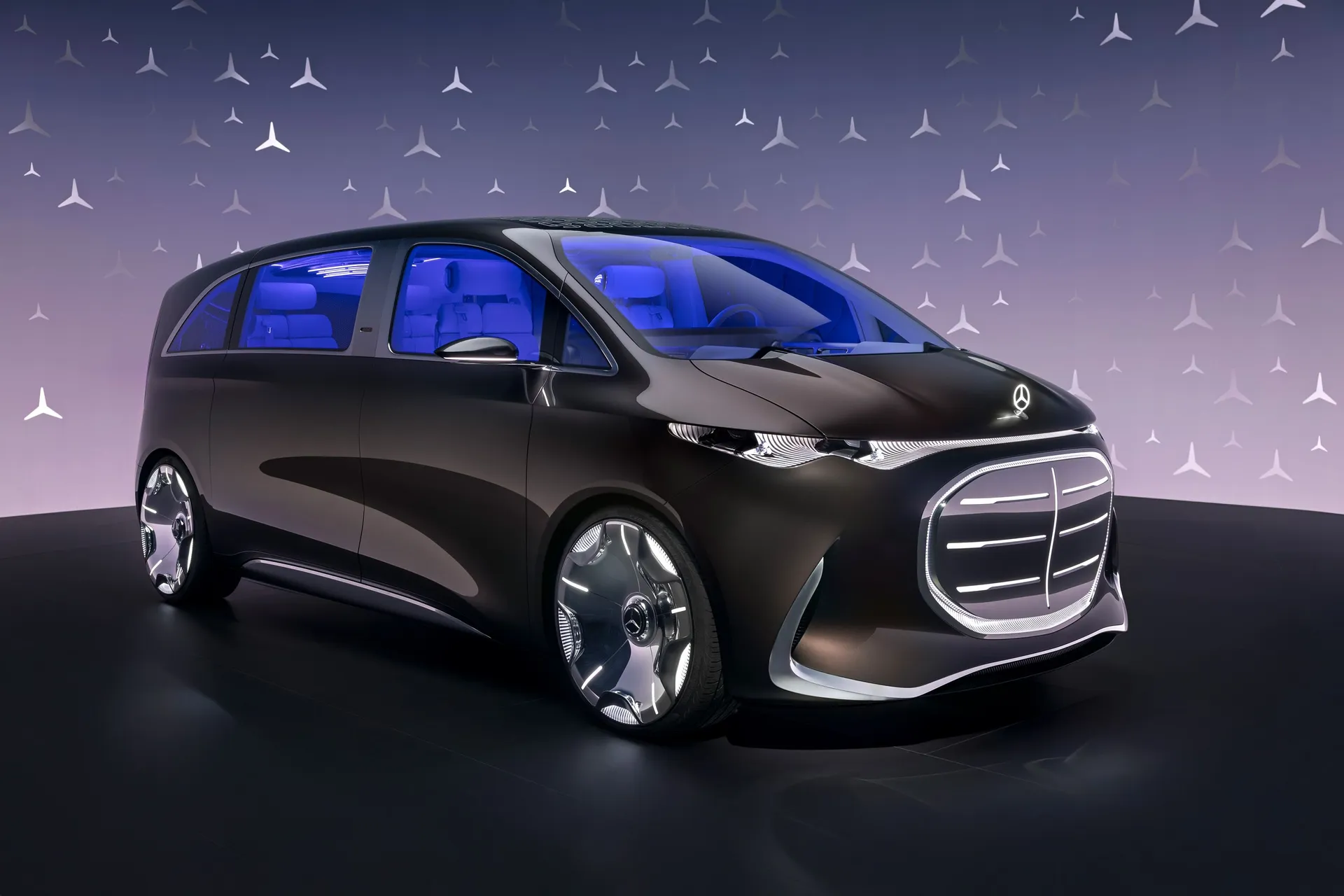
Author: Fabio Isidoro
Fabio Isidoro is the founder and editor-in-chief of Canal Carro, where he has been writing about the automotive world since 2022. Passionate about cars and technology, he began his journey on the HospedandoSites portal and today dedicates himself to creating technical content and comprehensive analyses of national and international vehicles. 📩 Contact: contato@canalcarro.net.br

